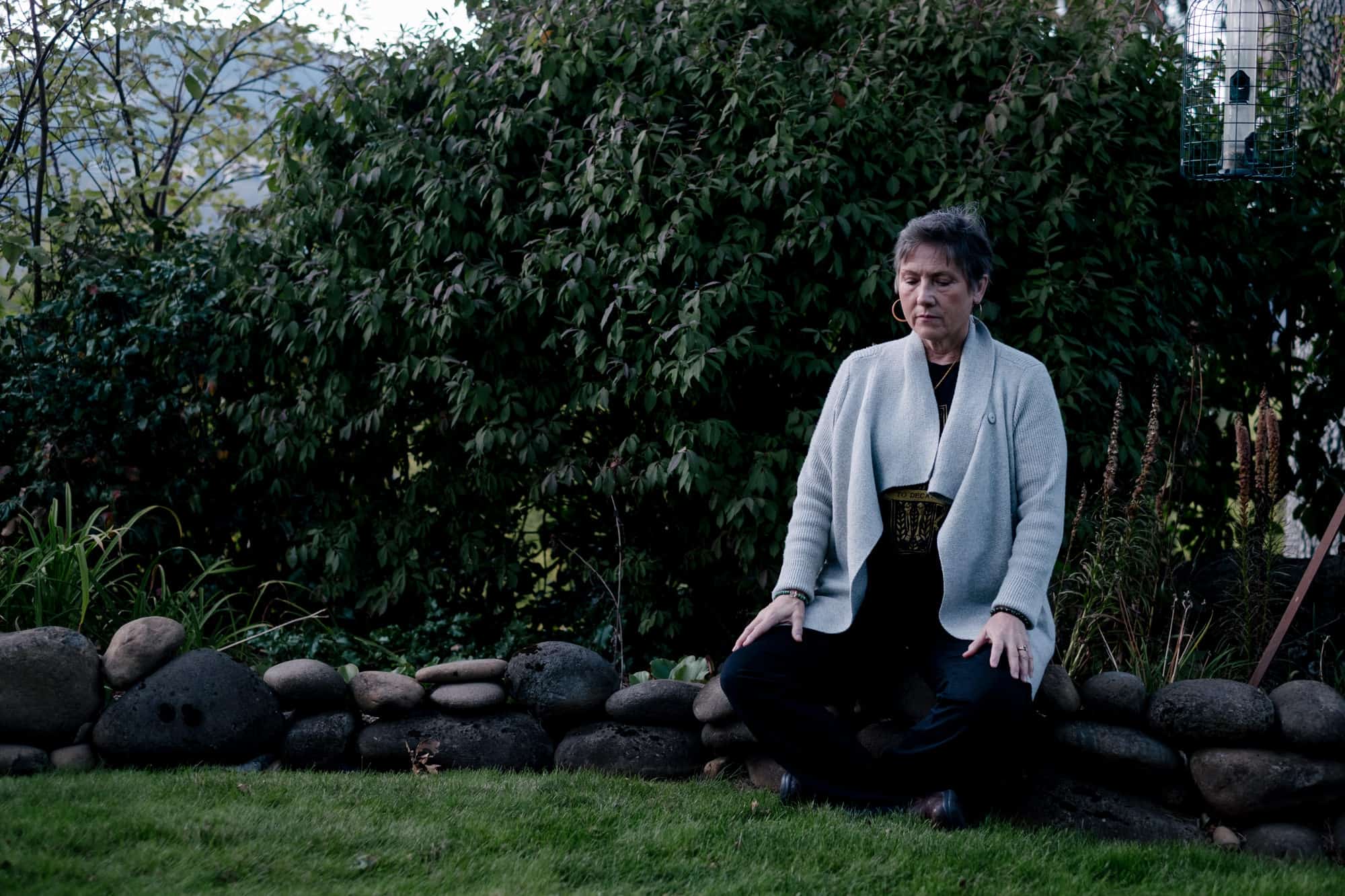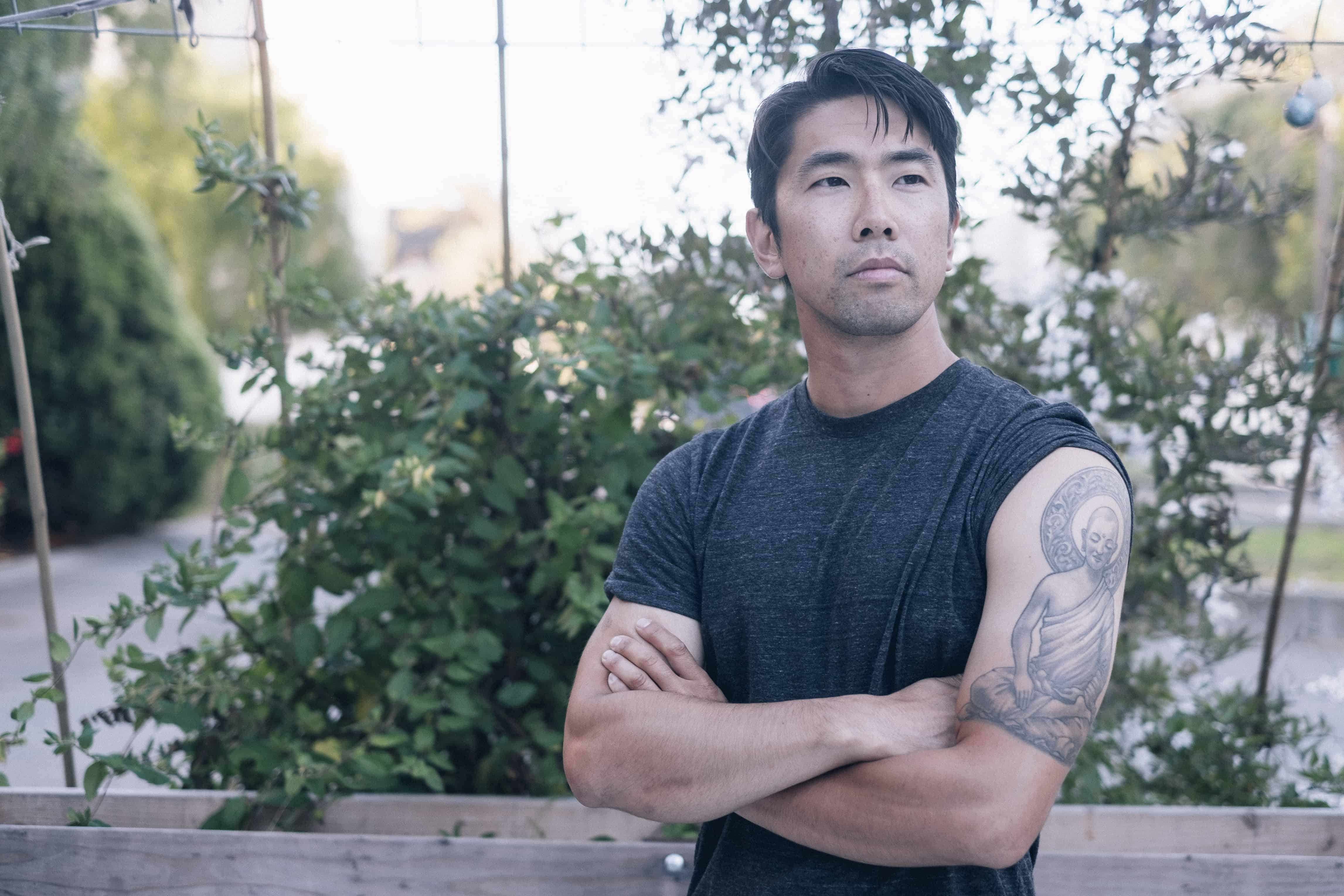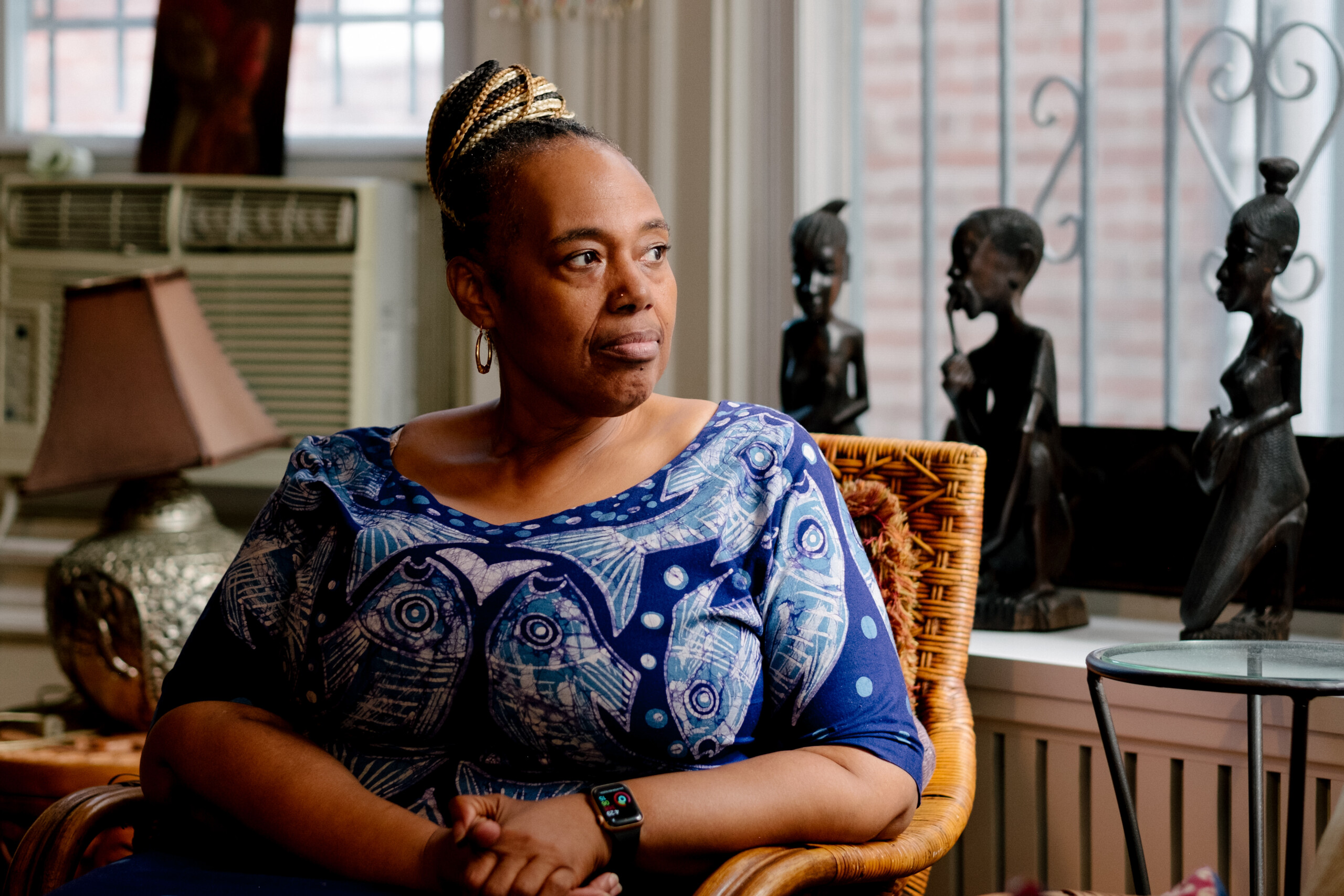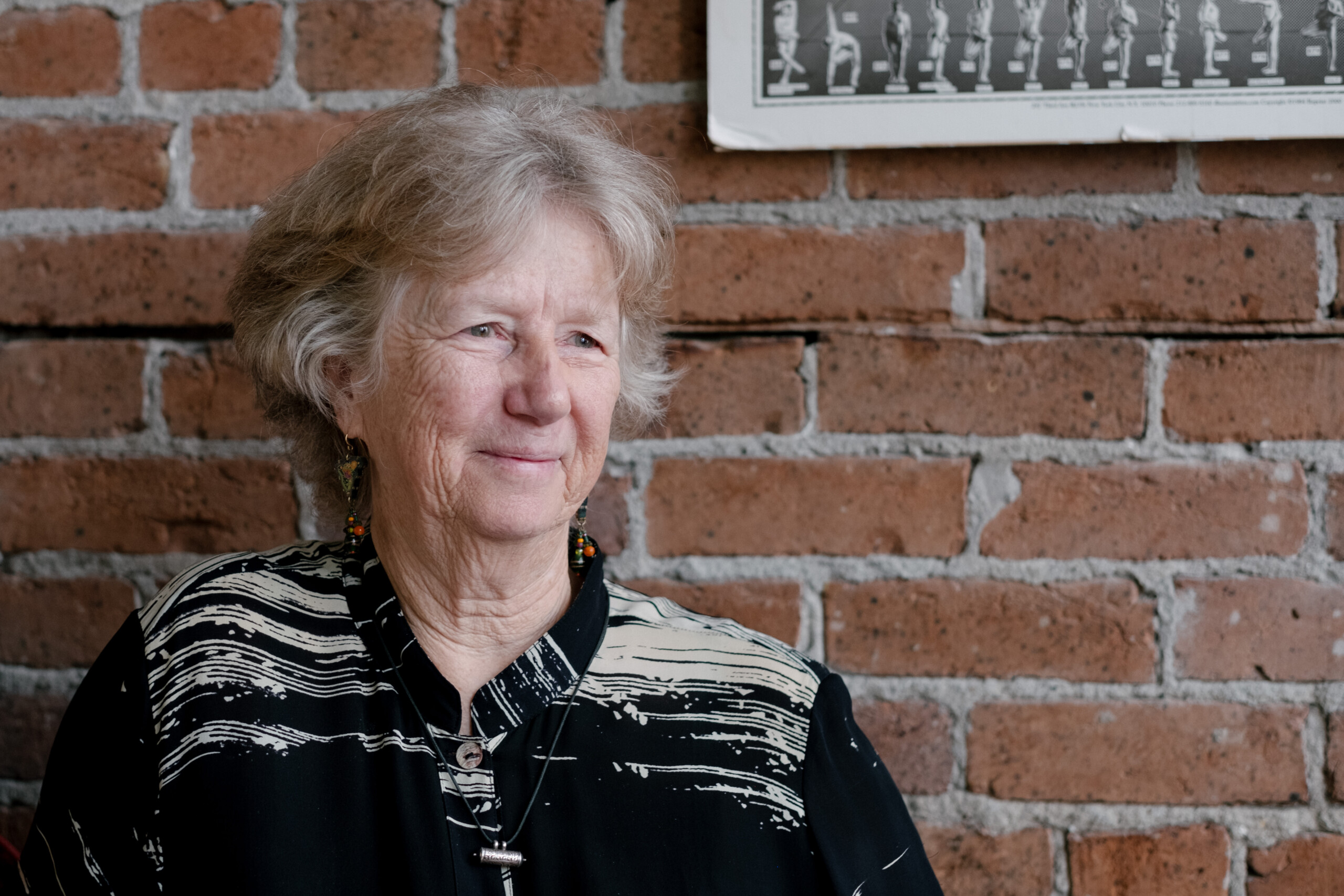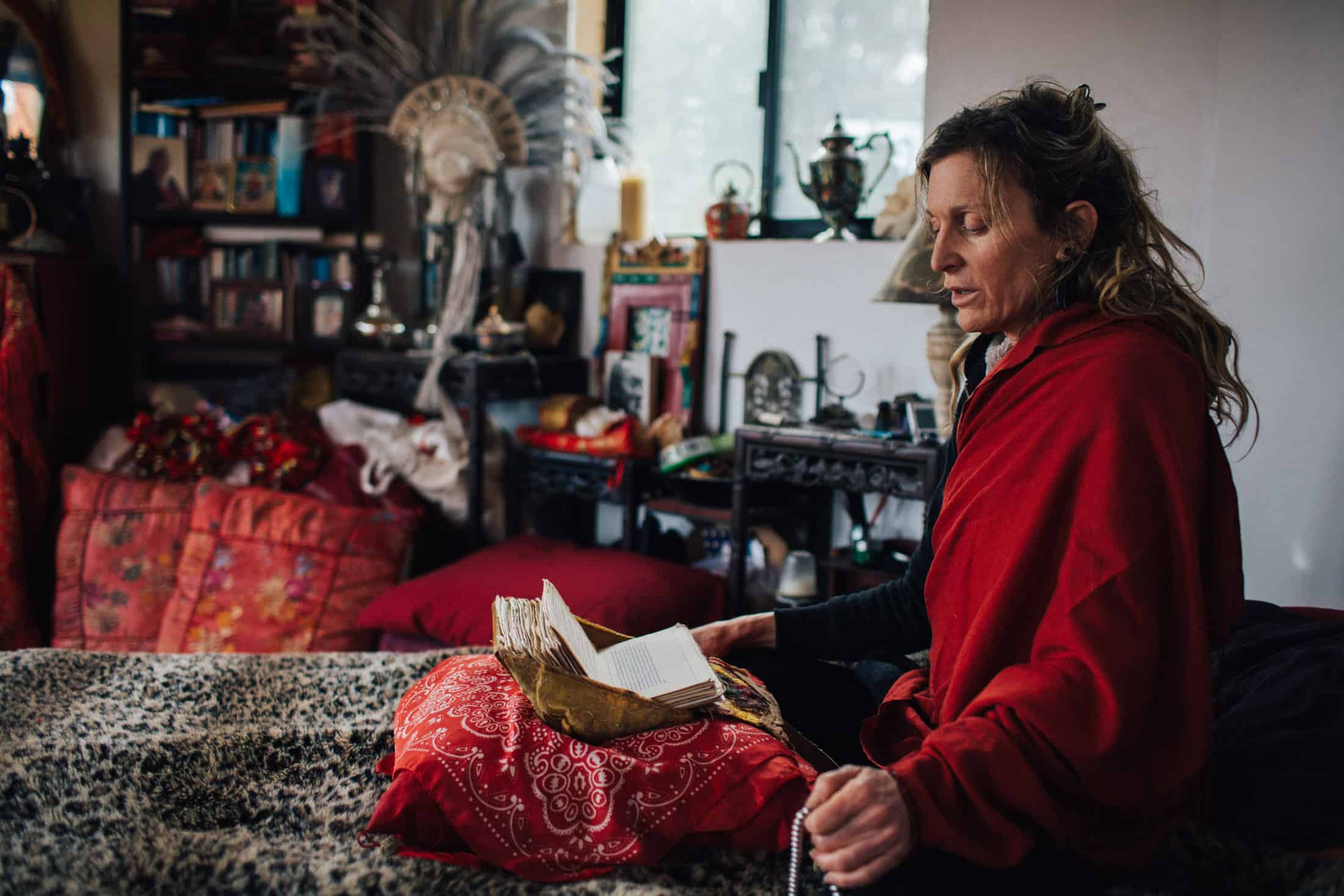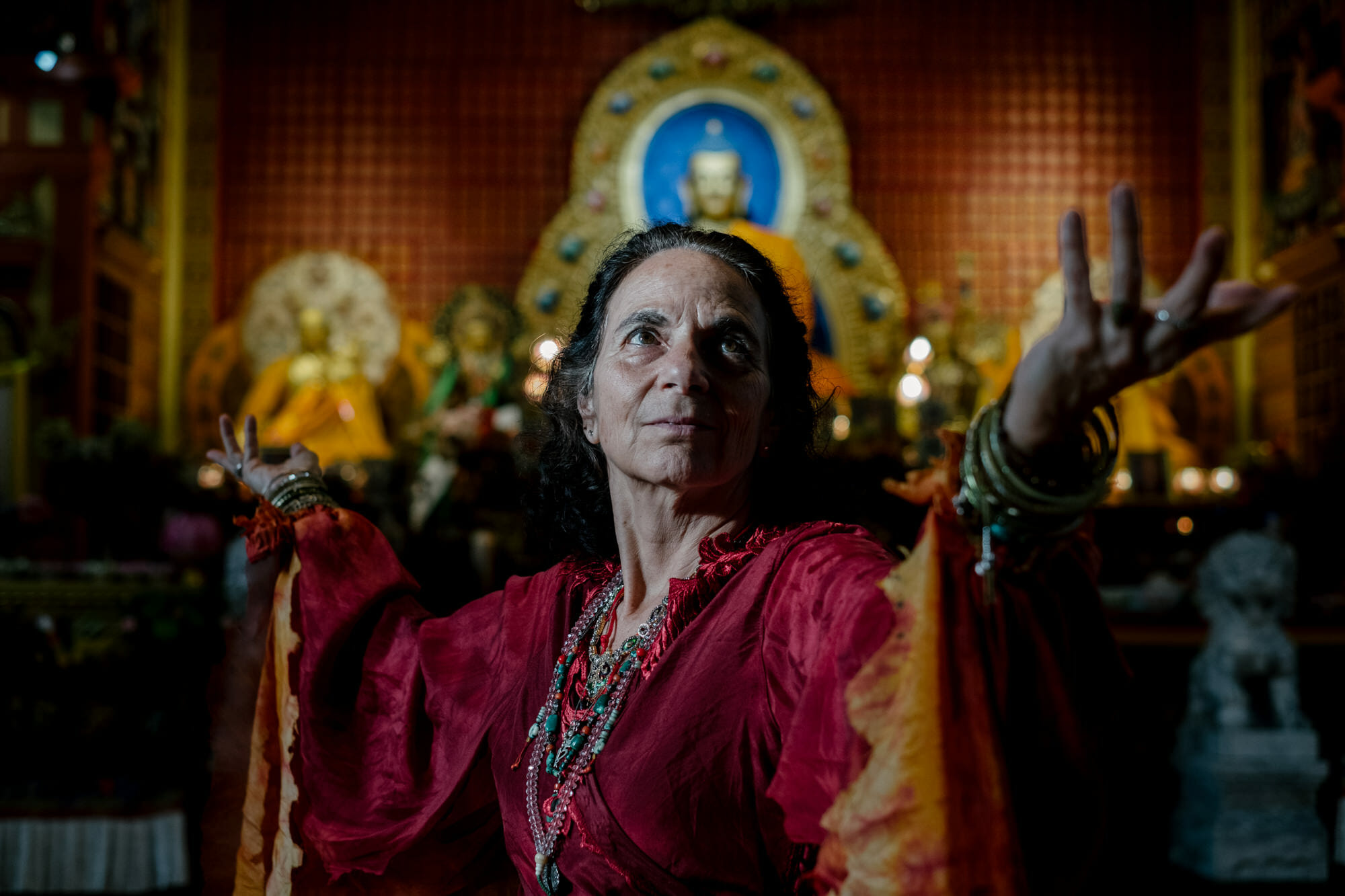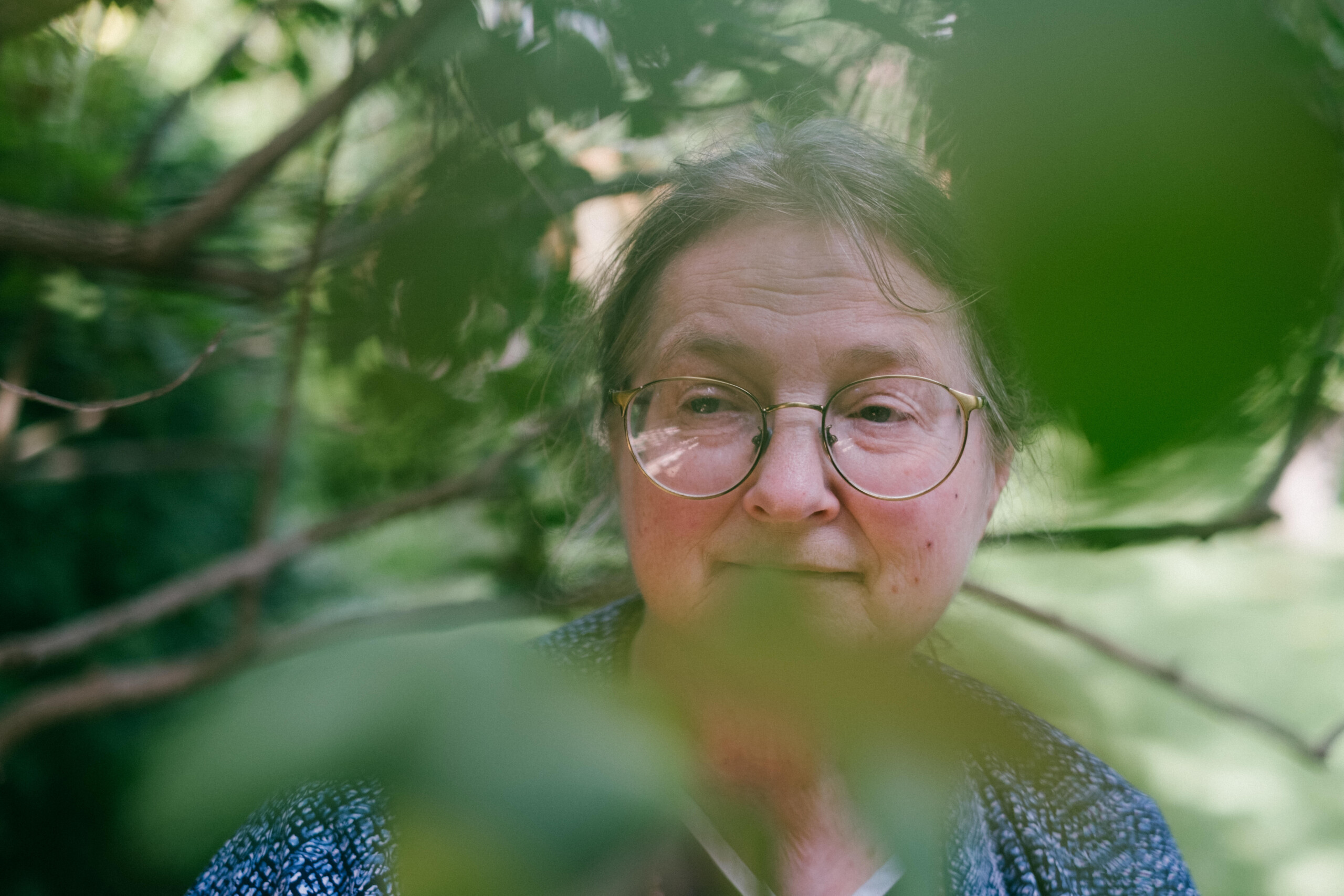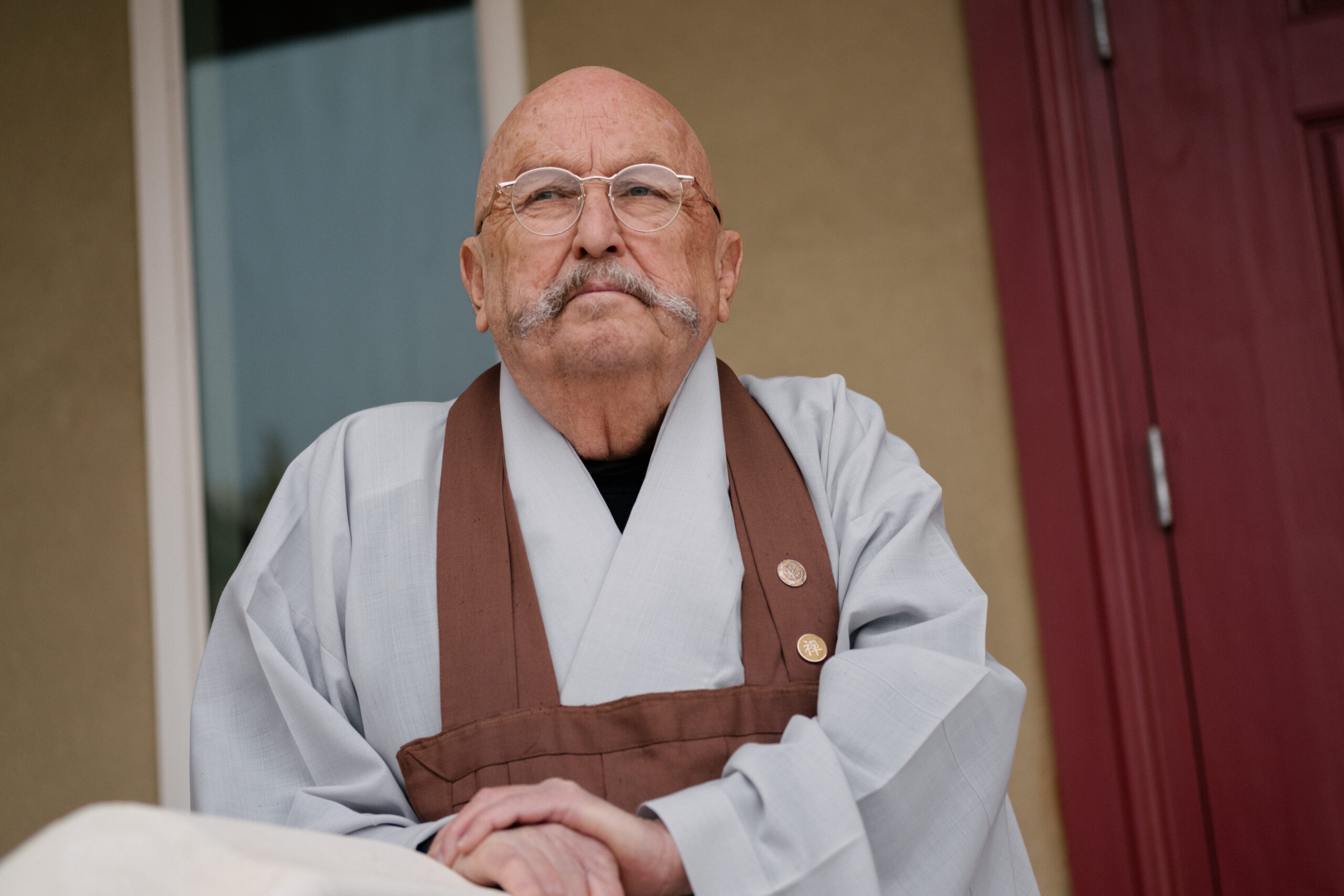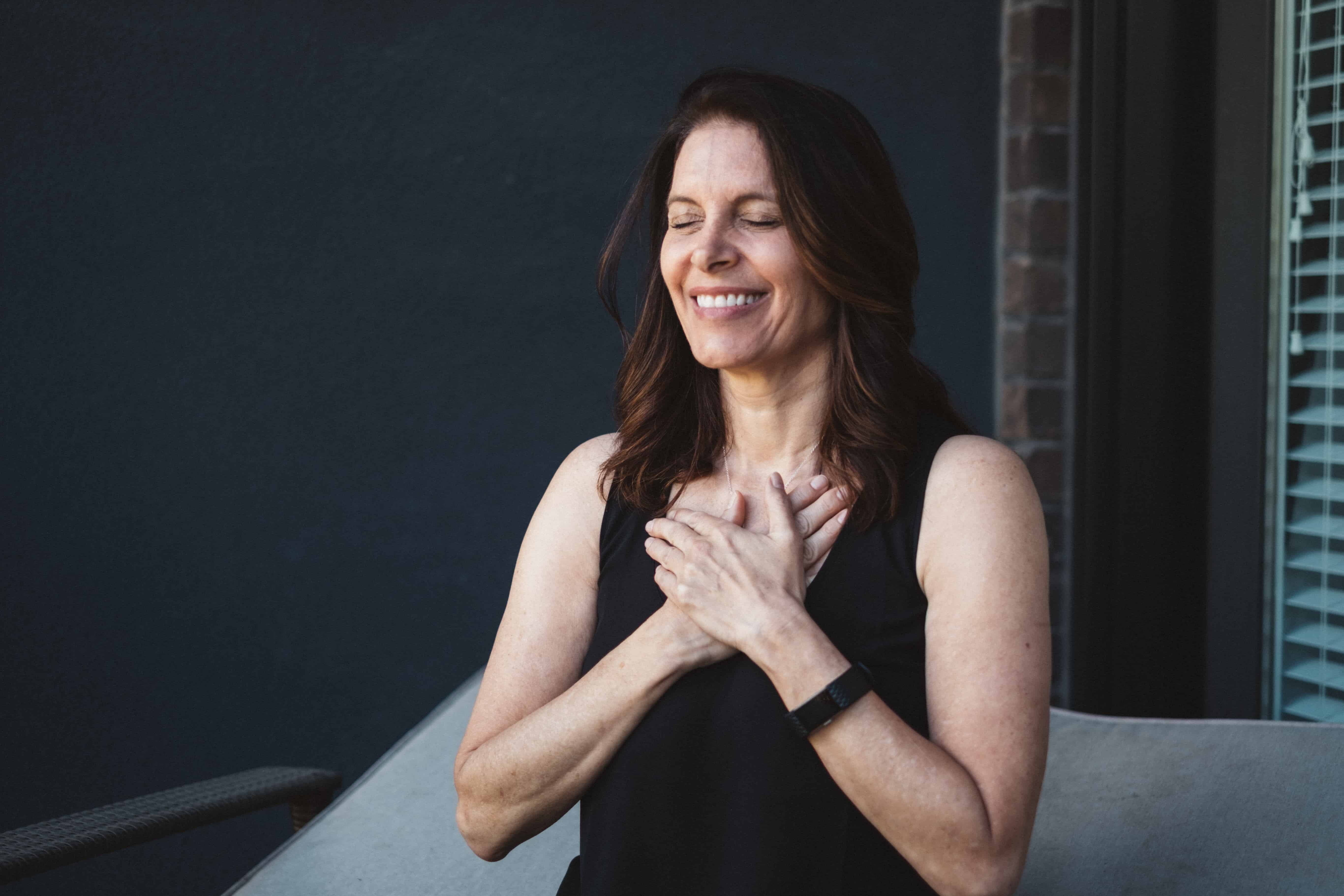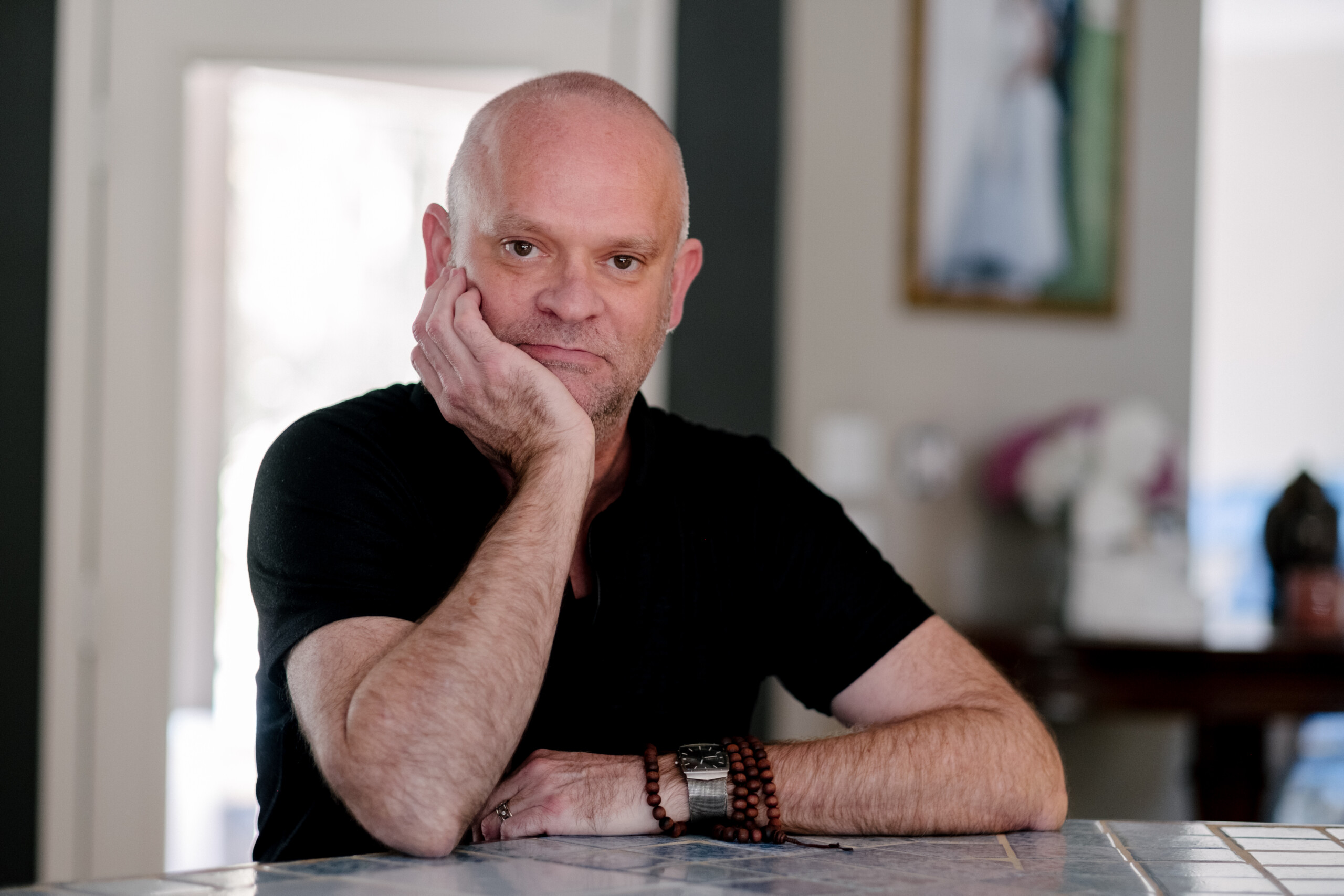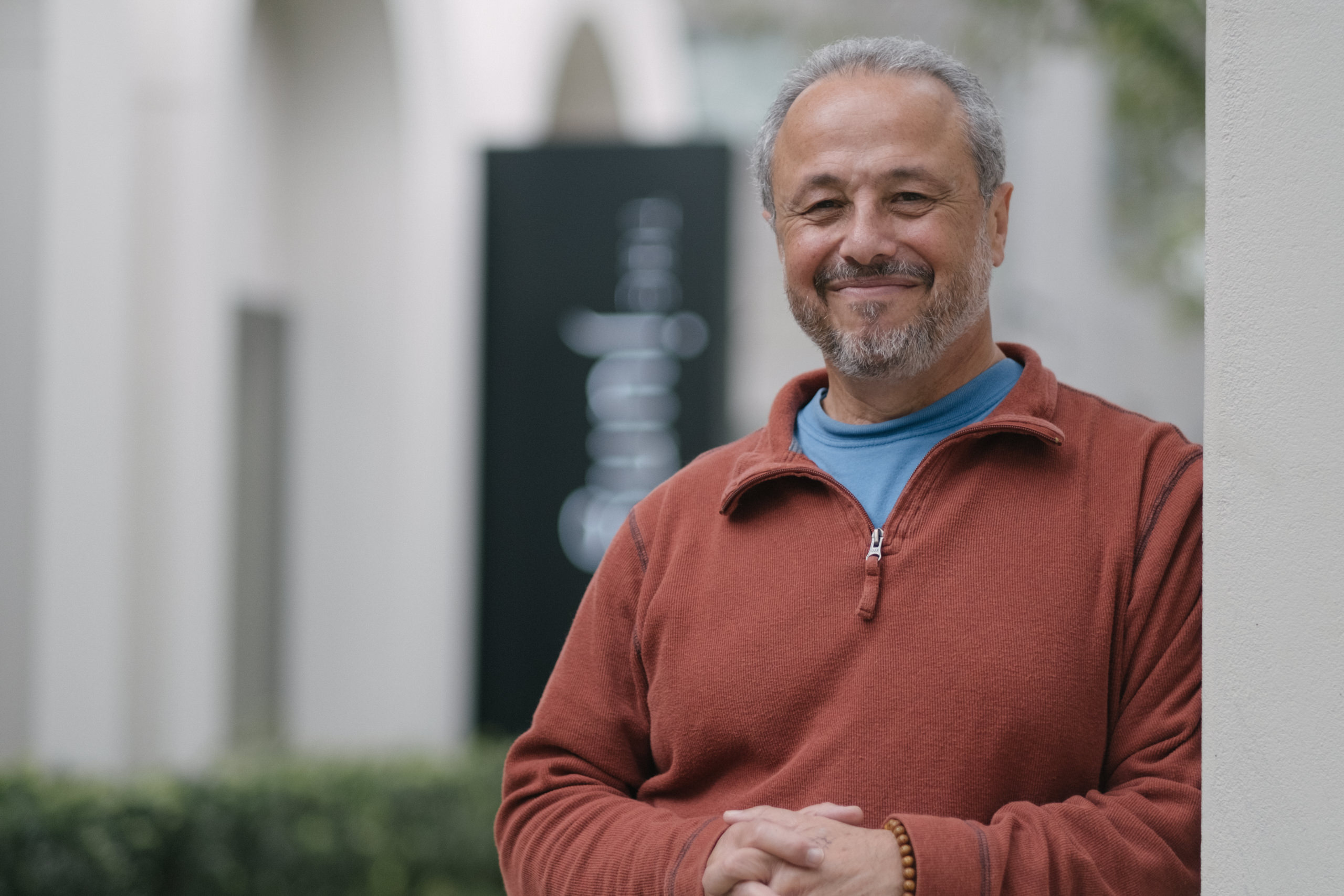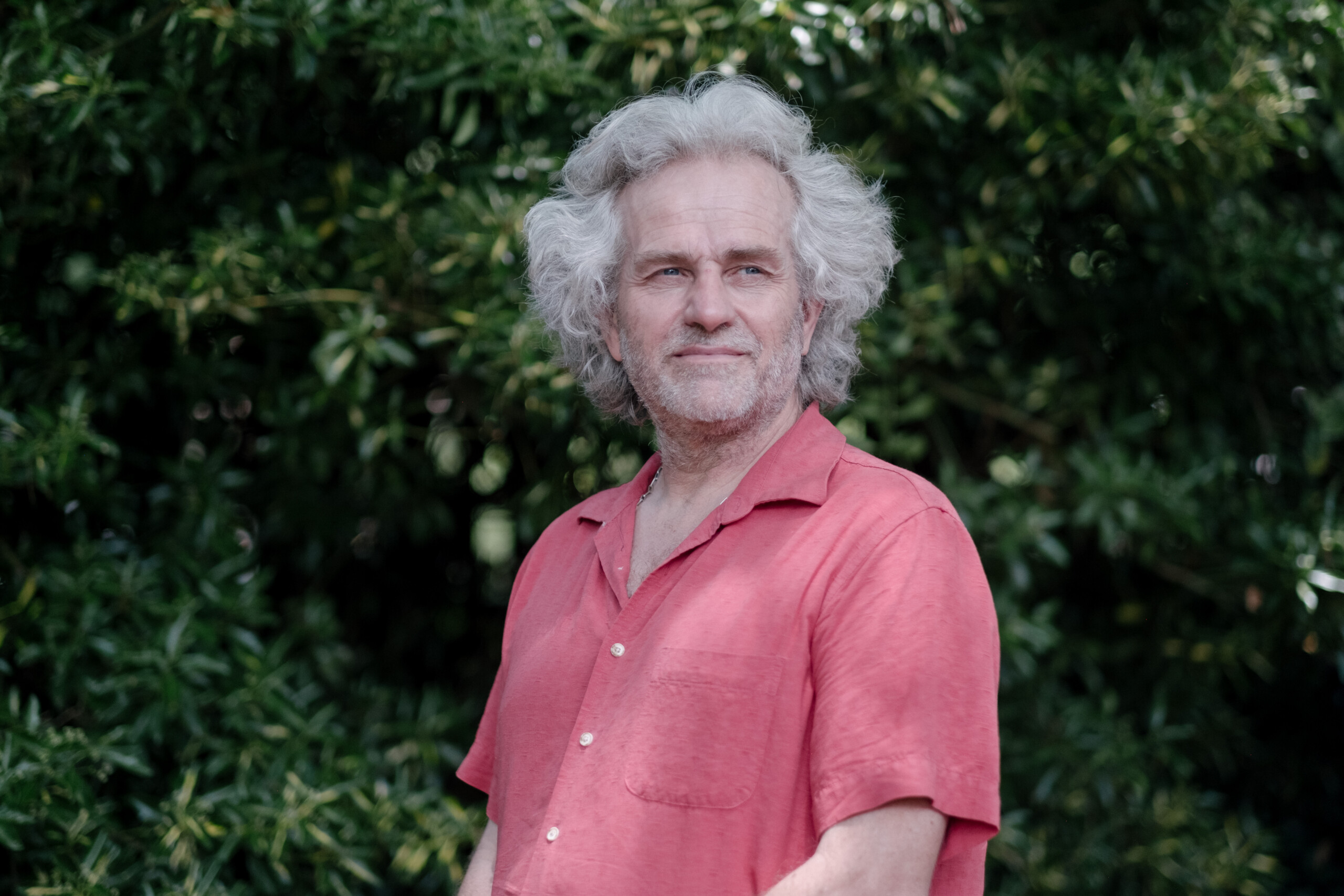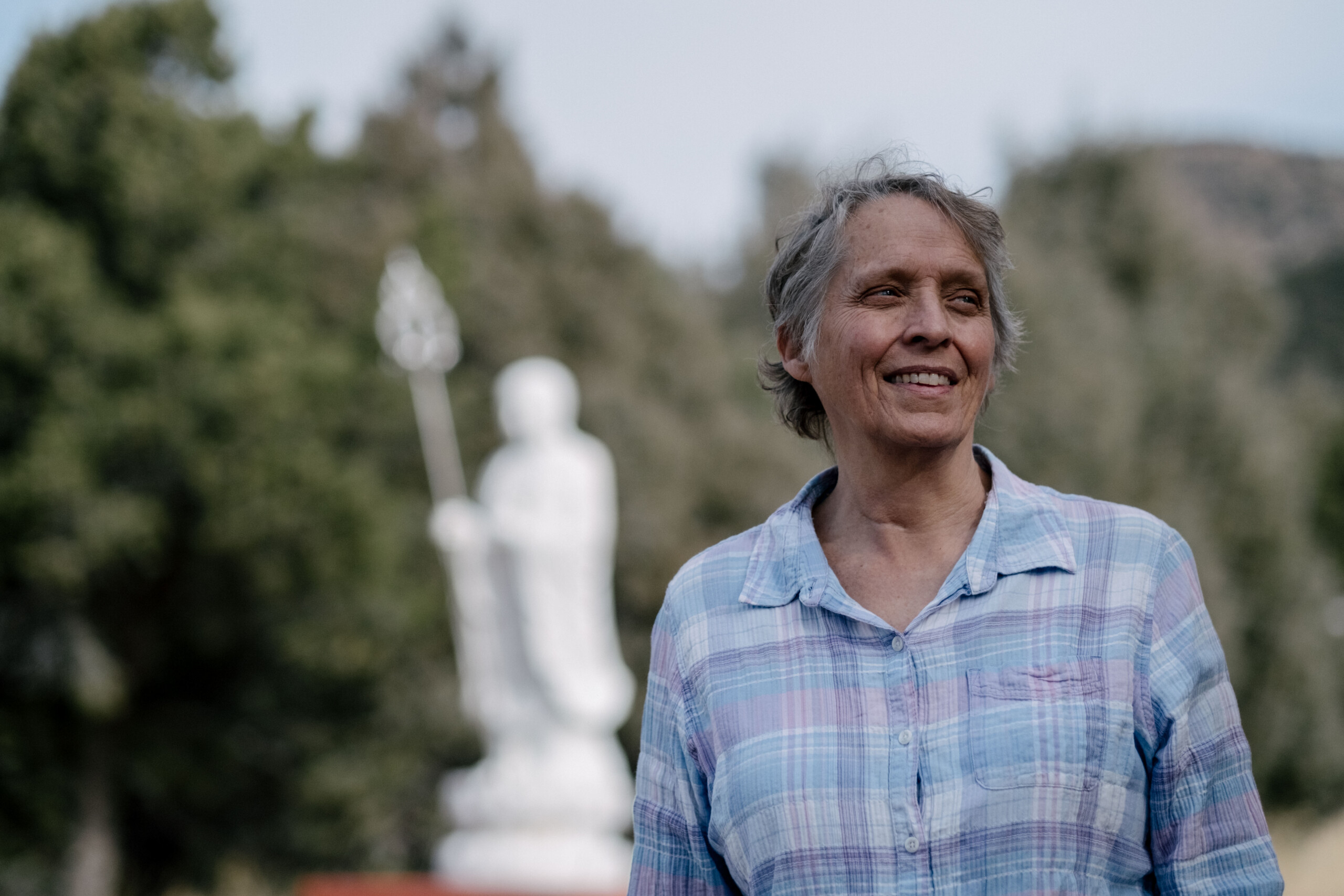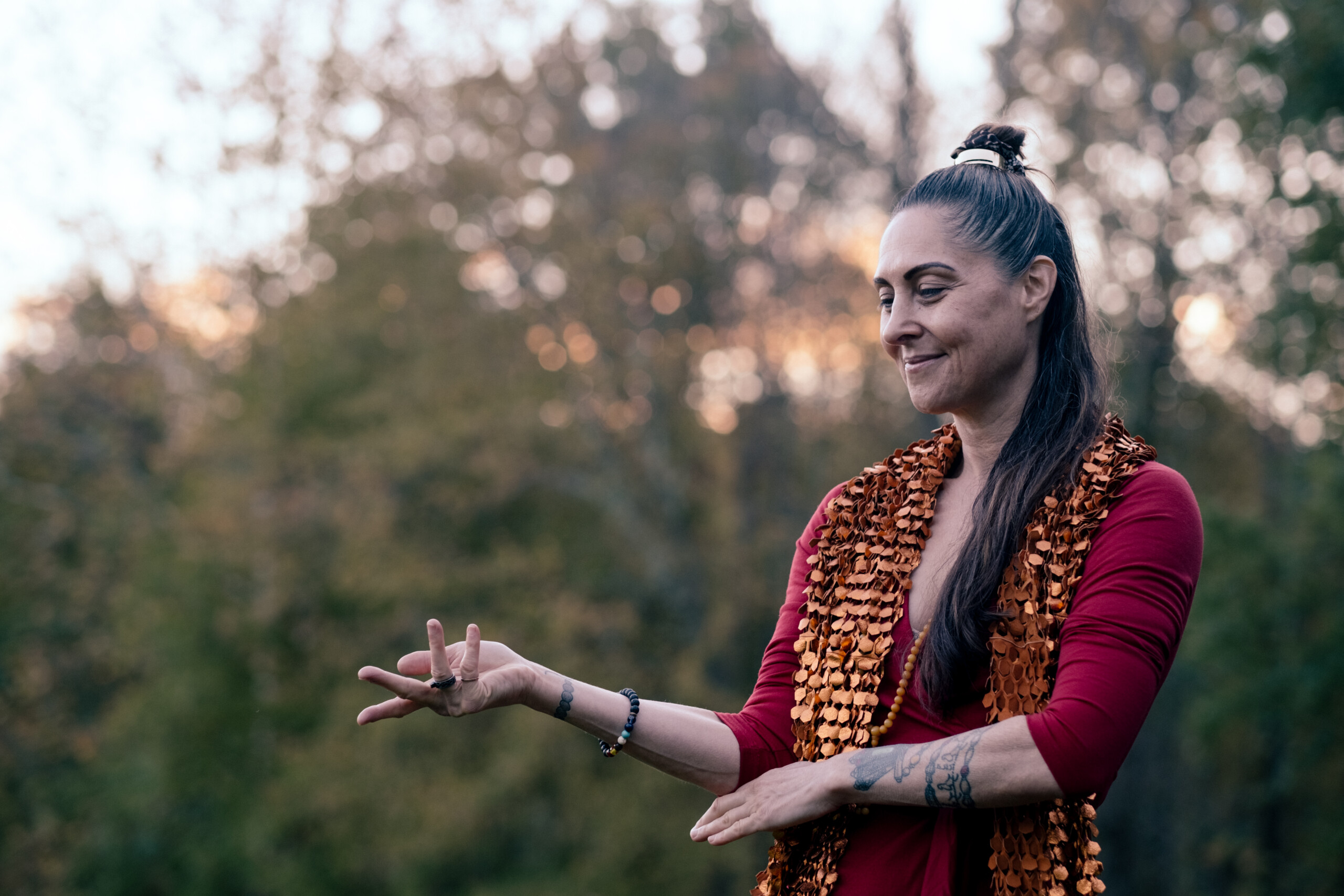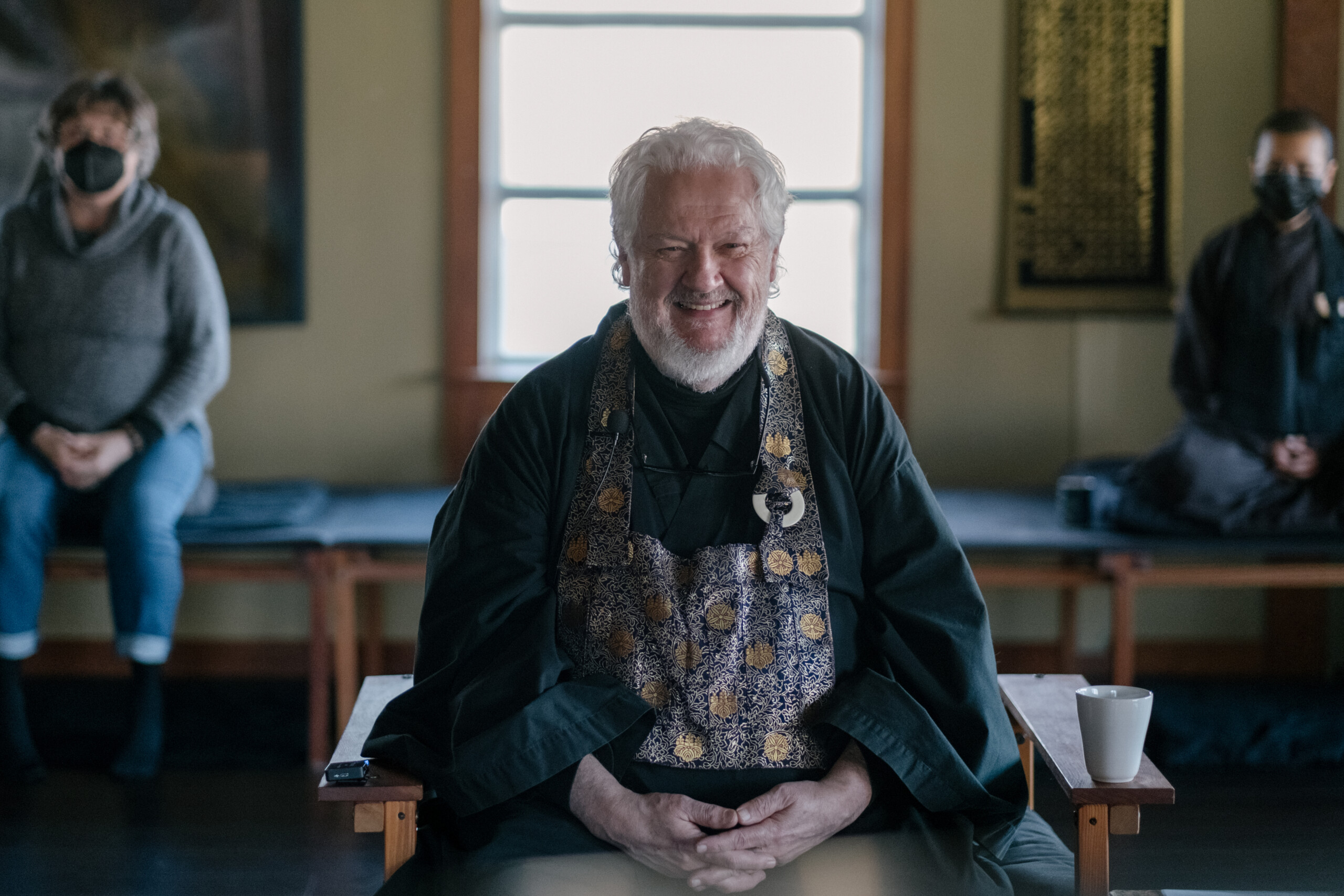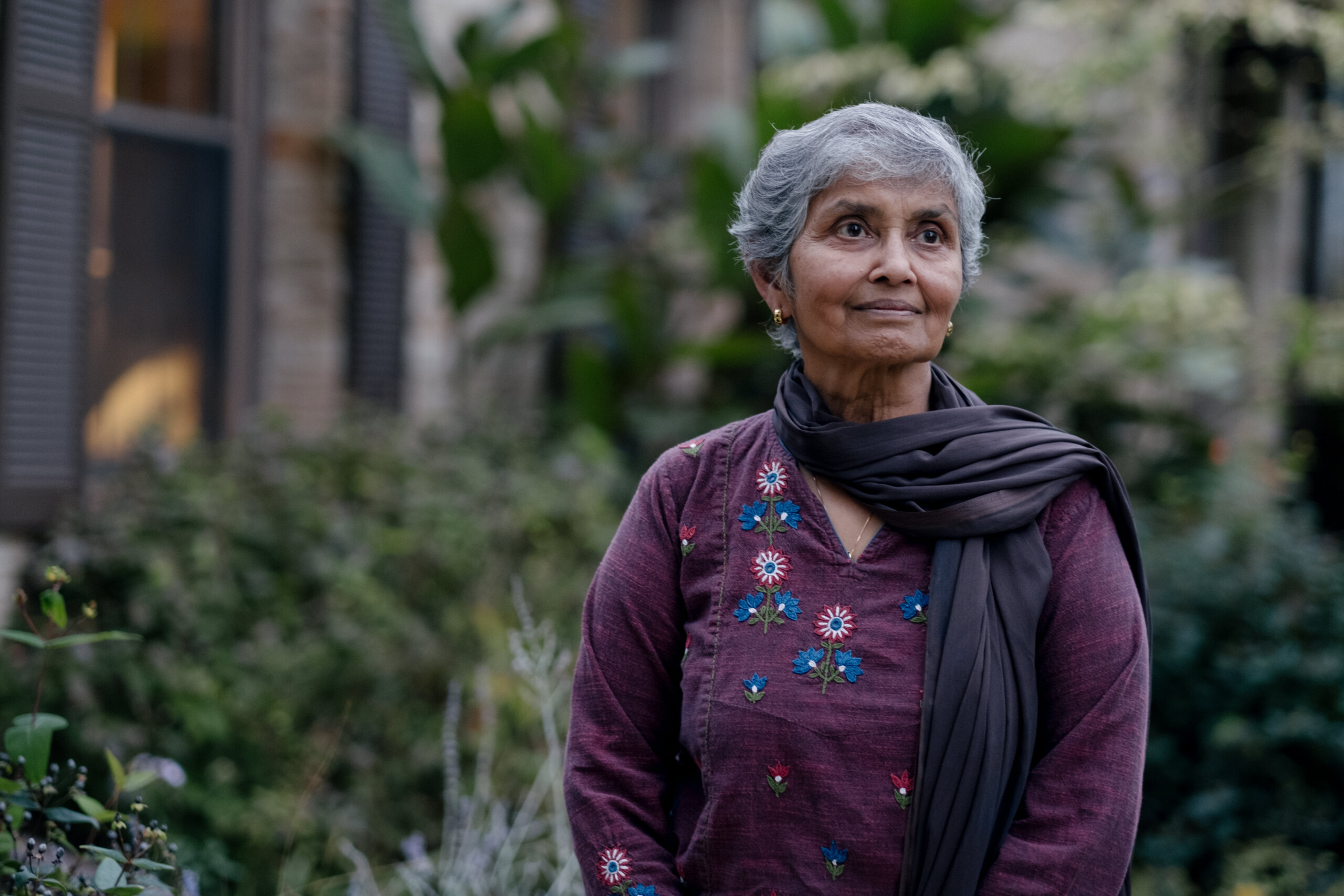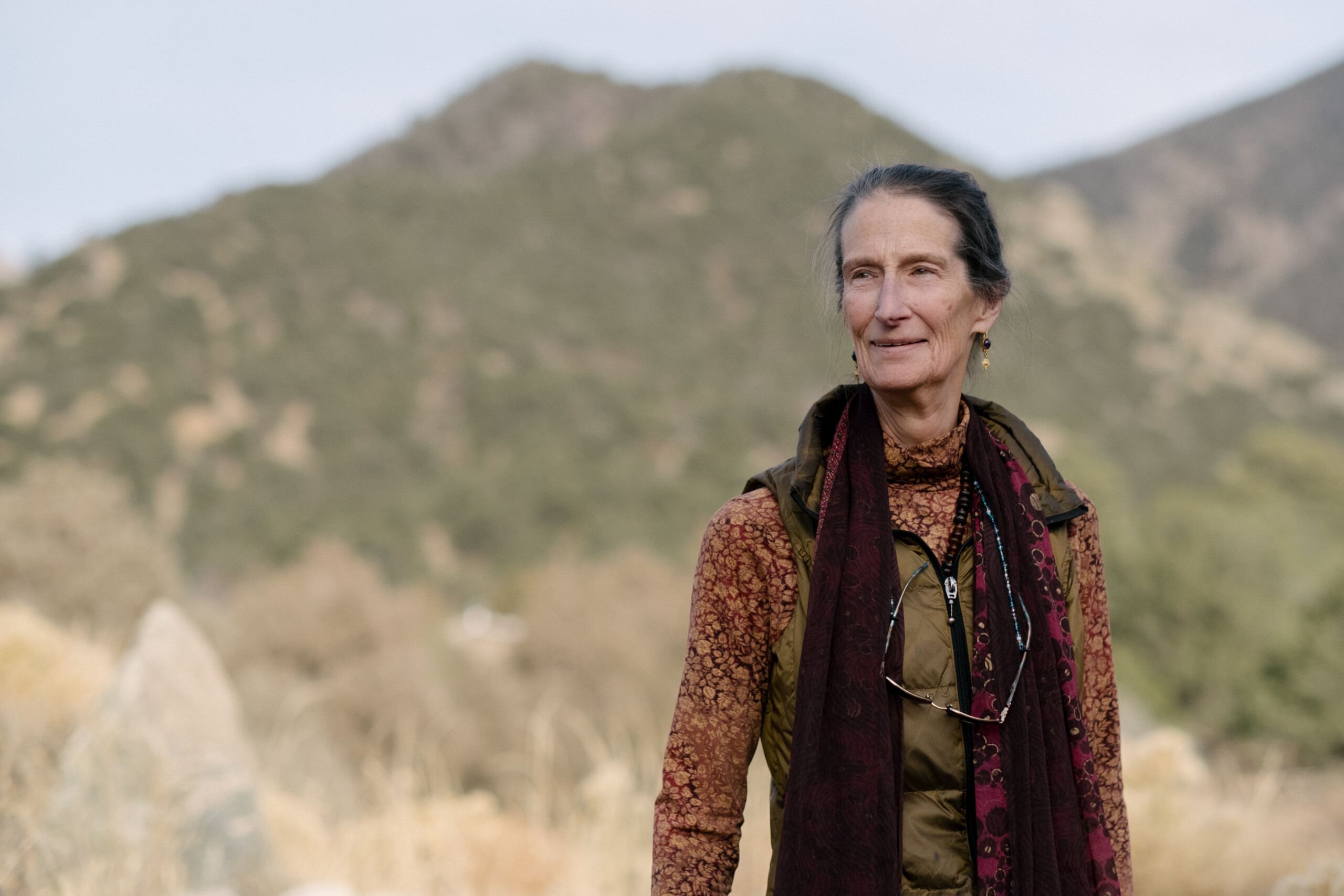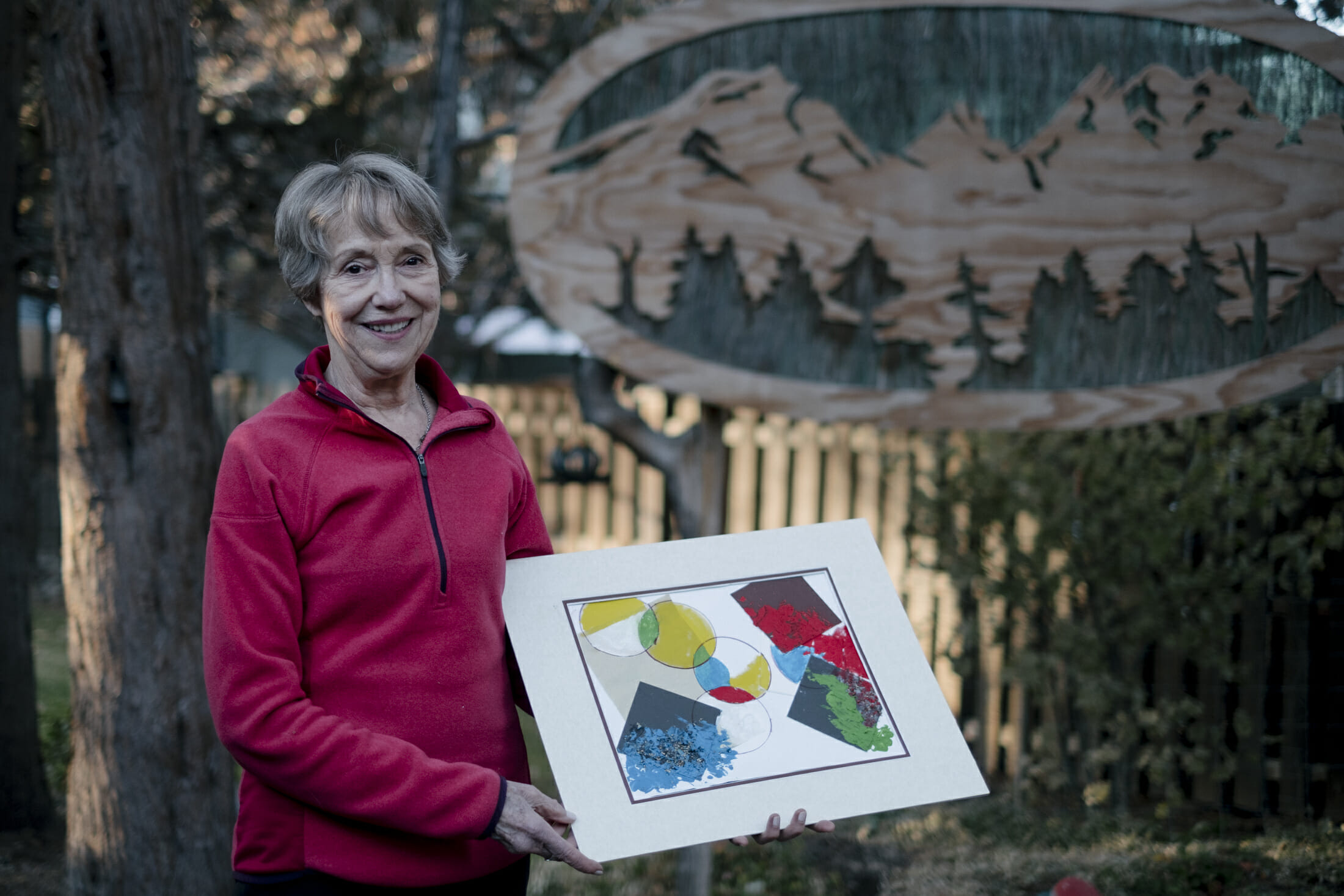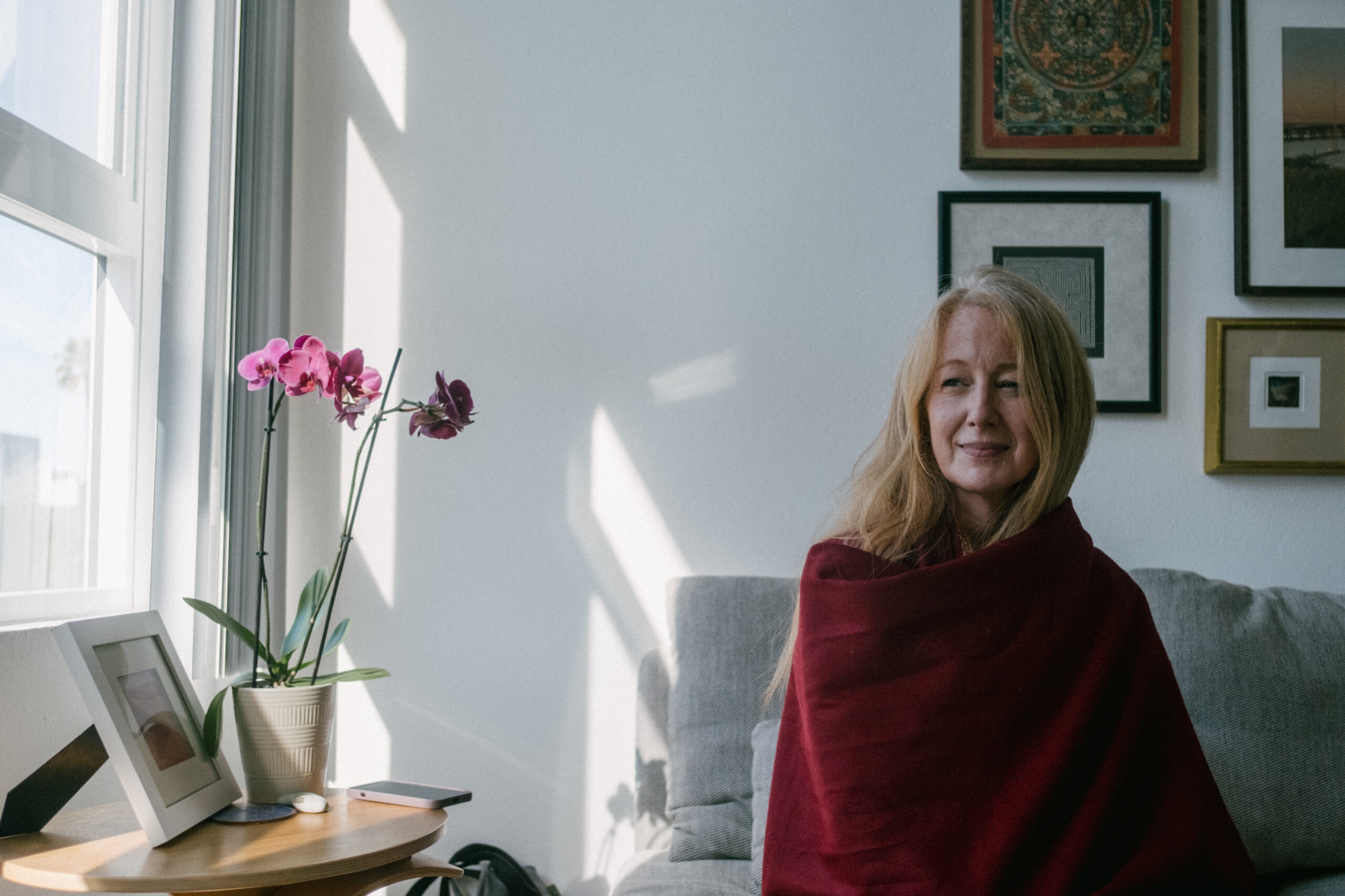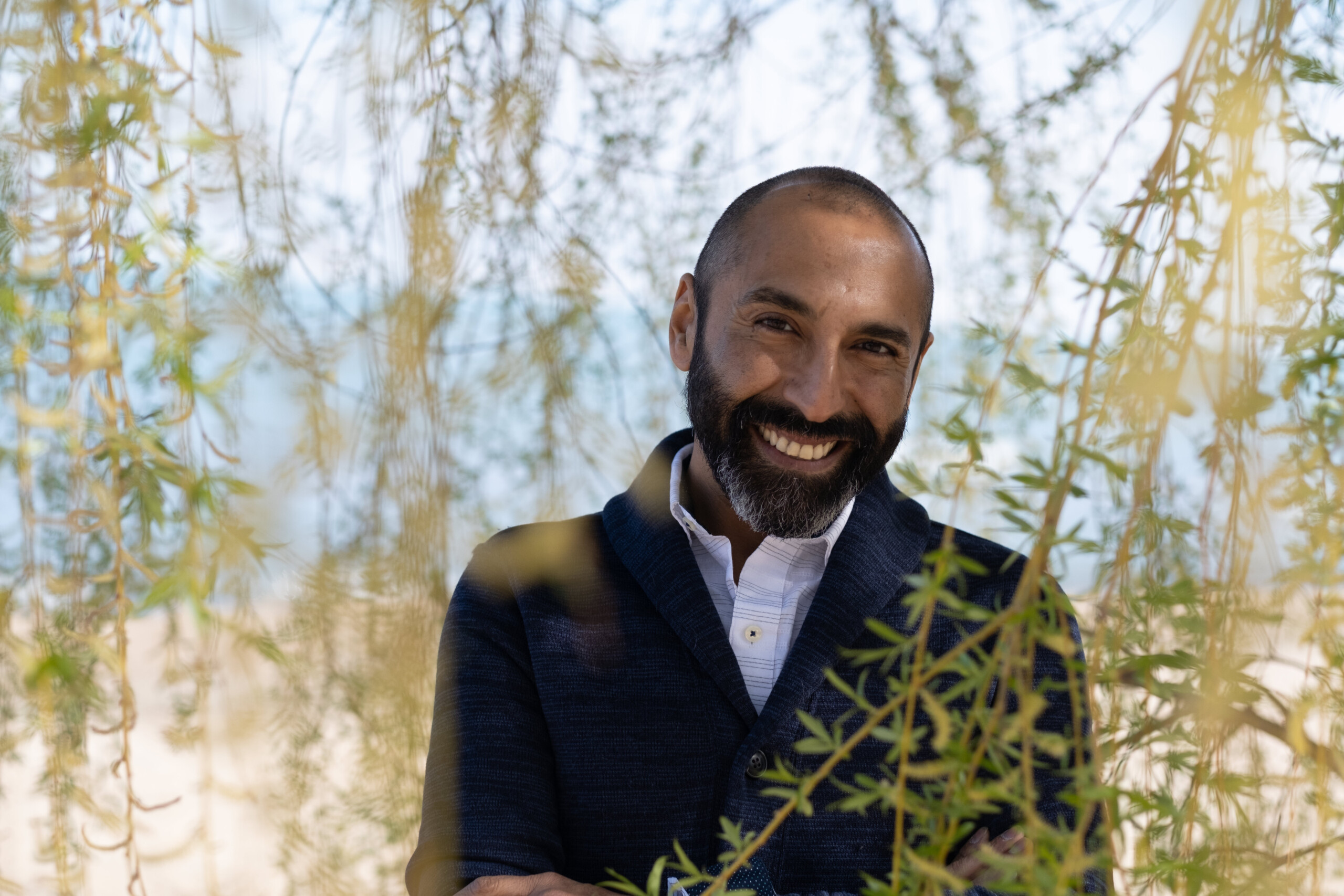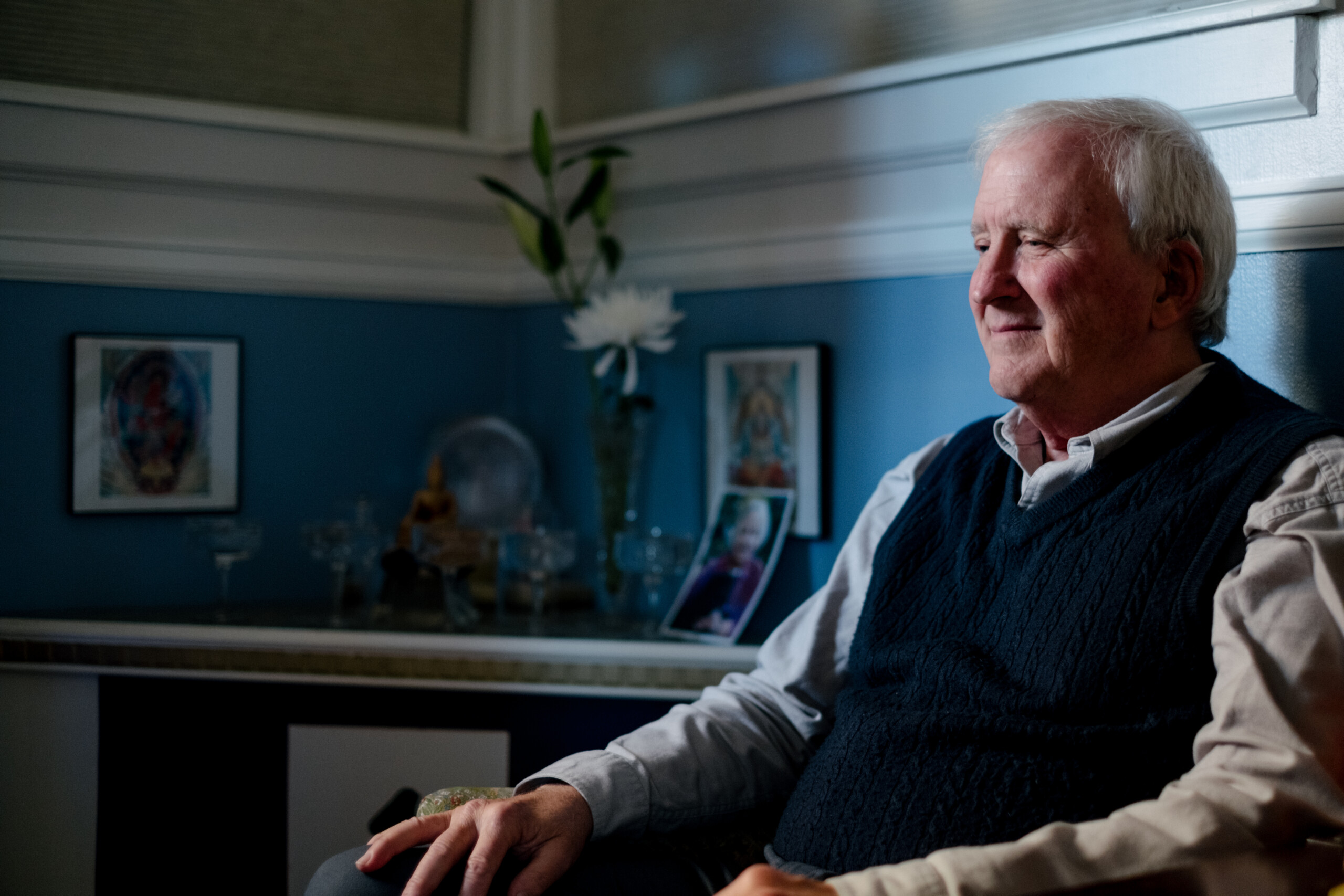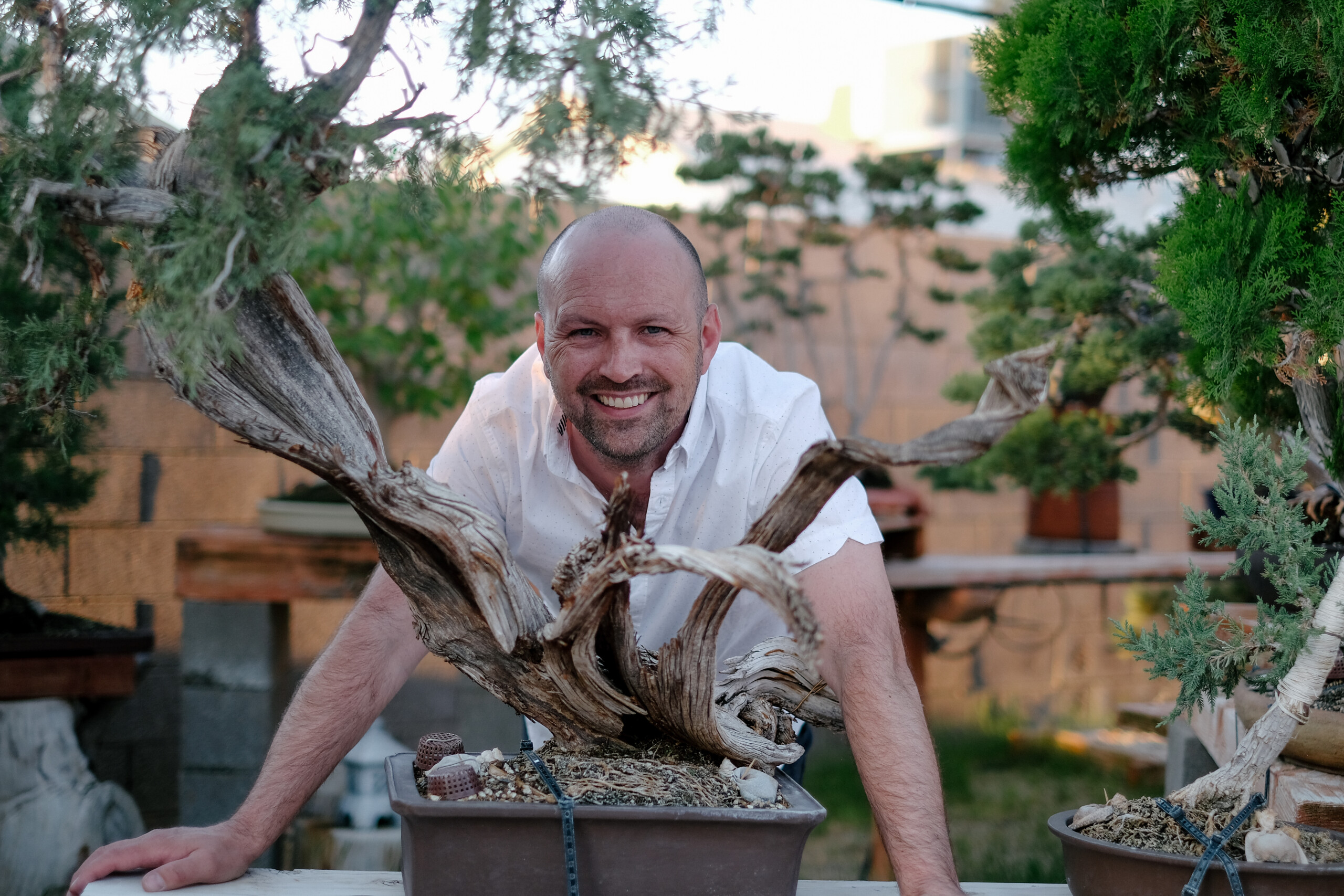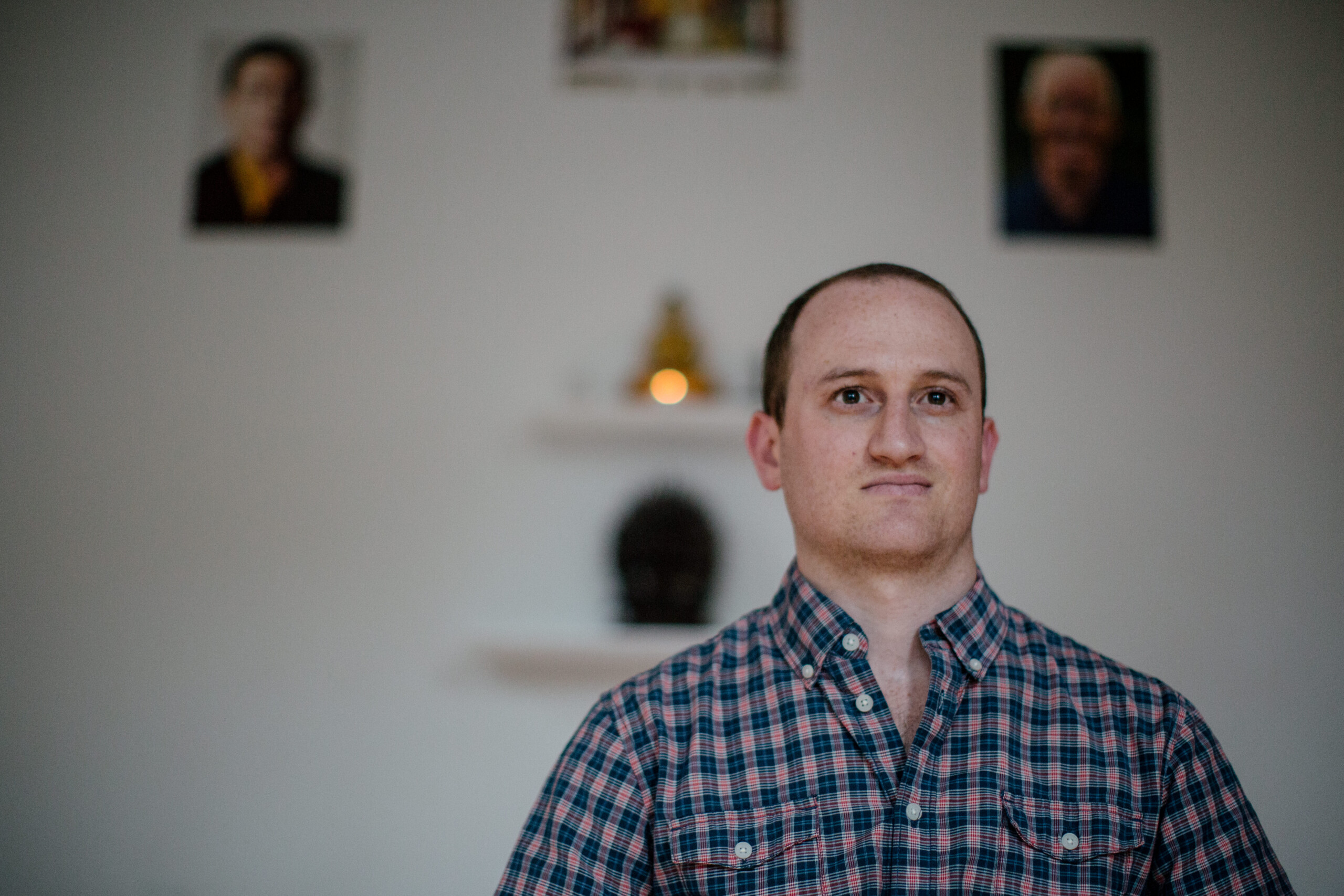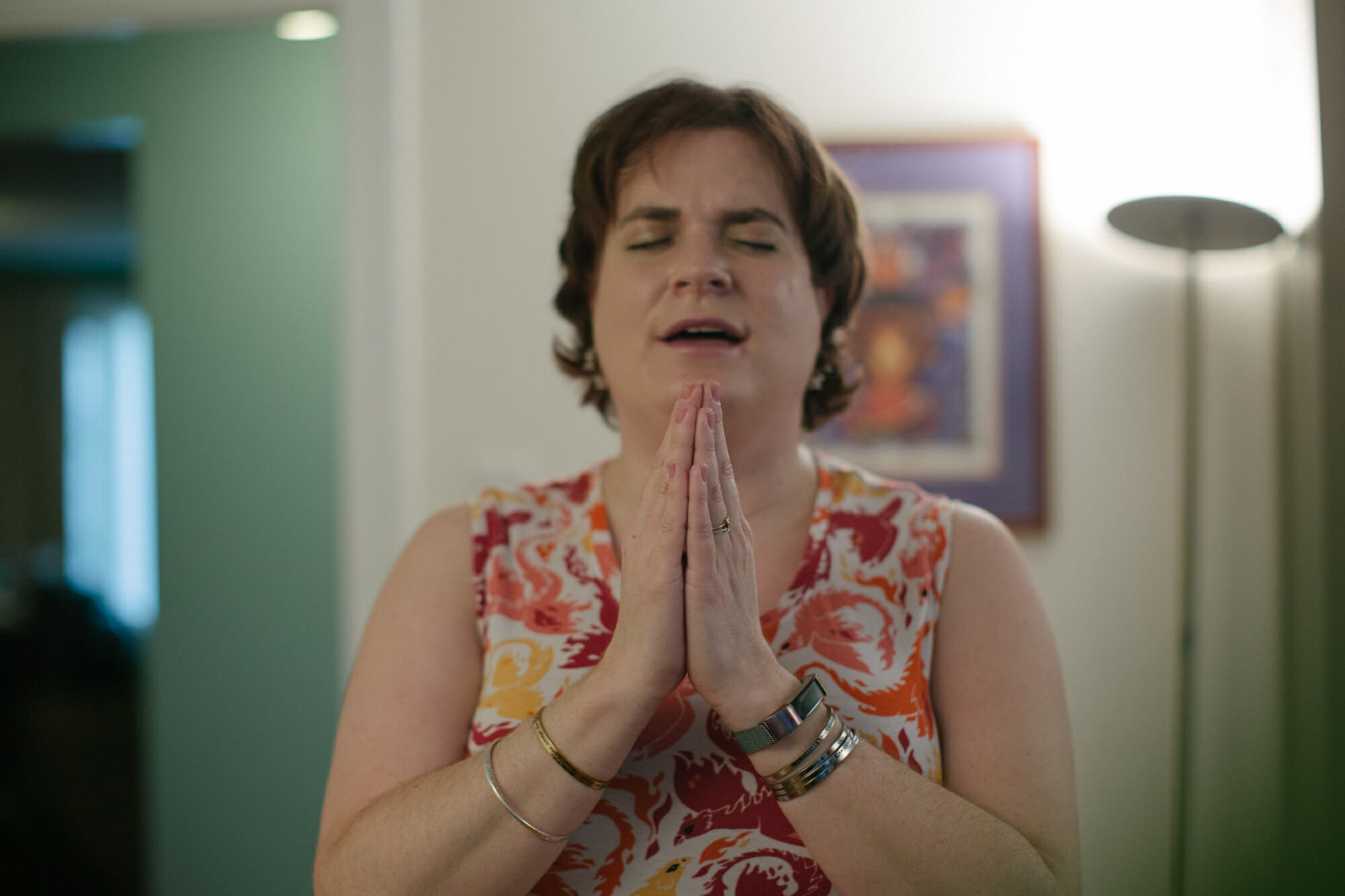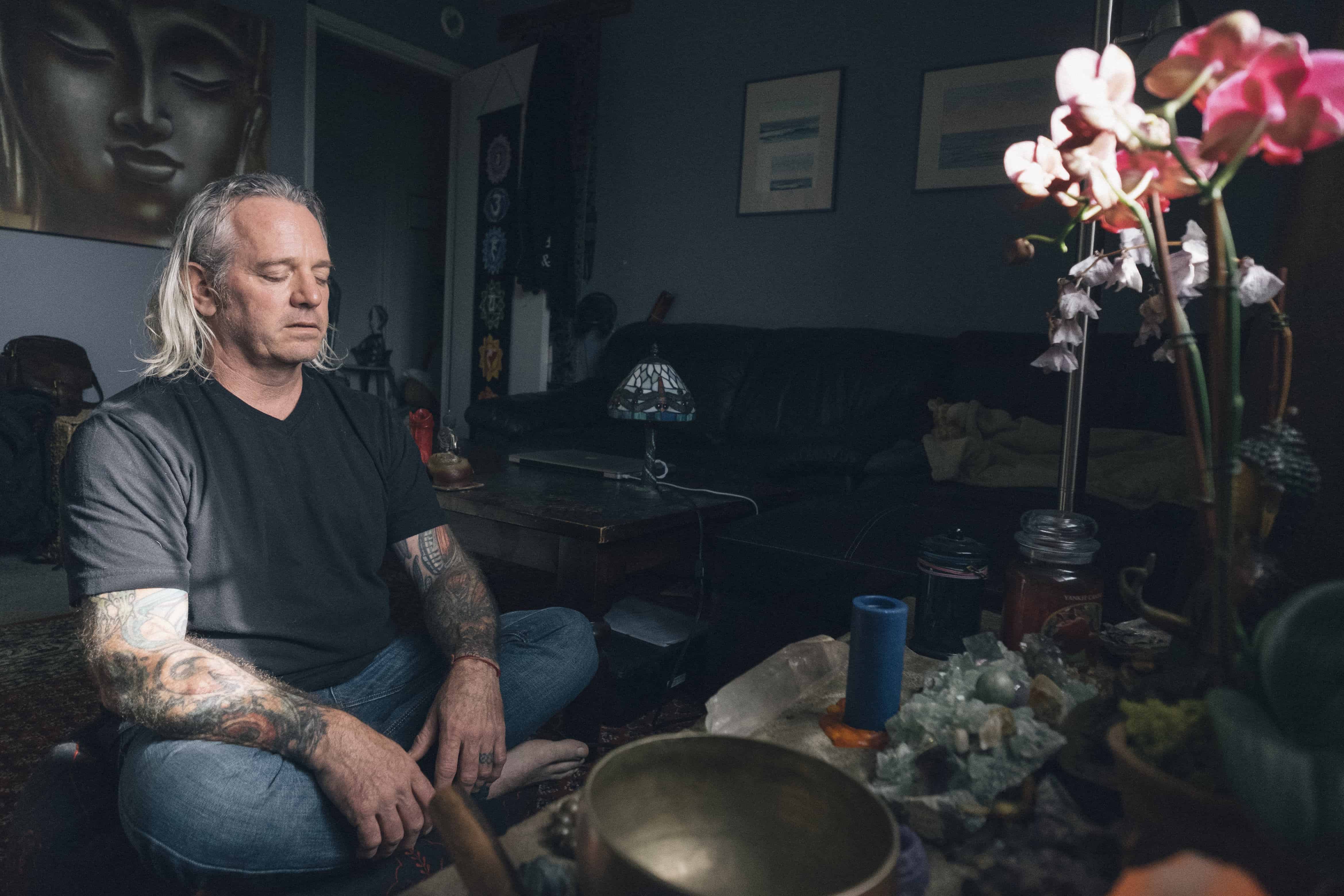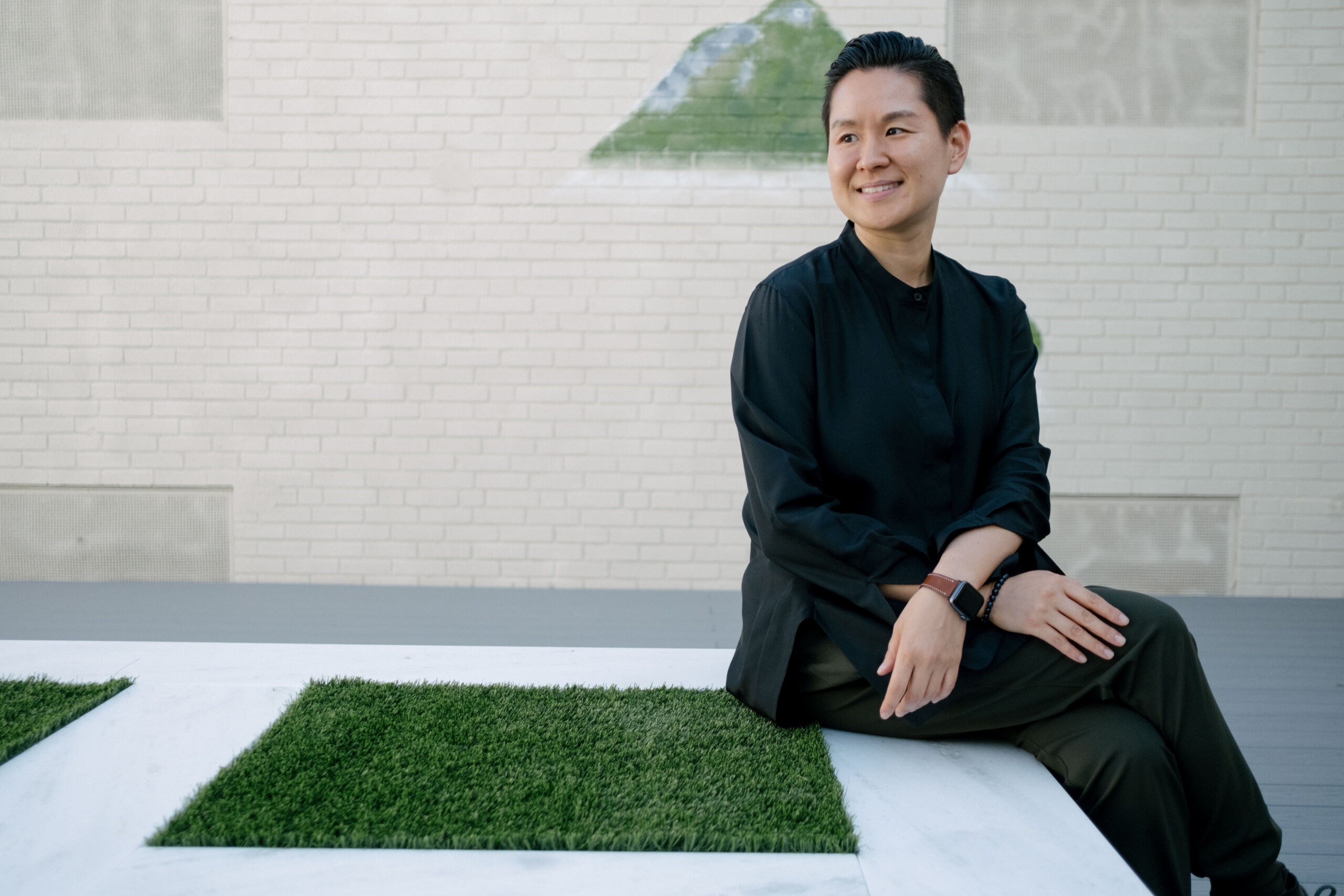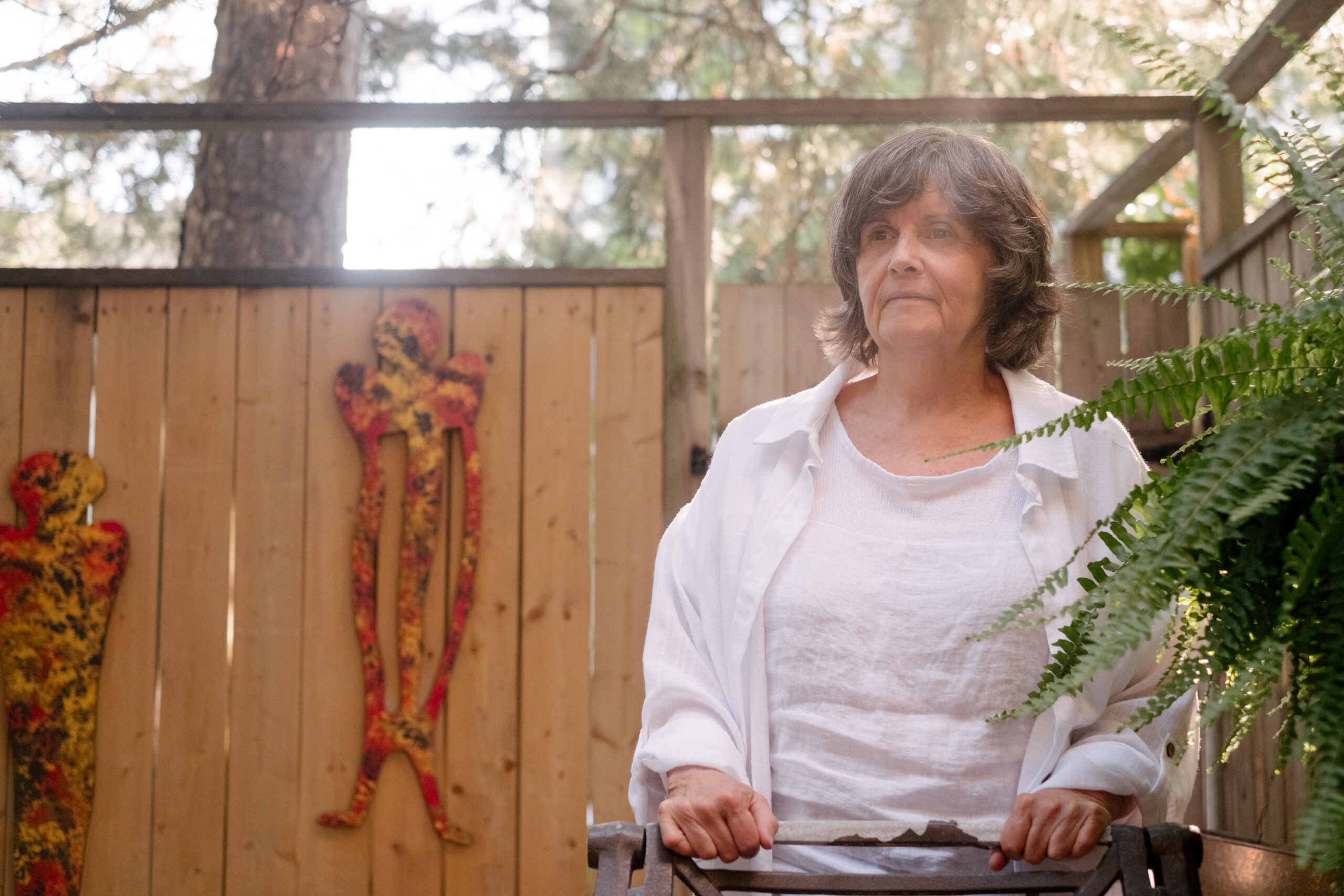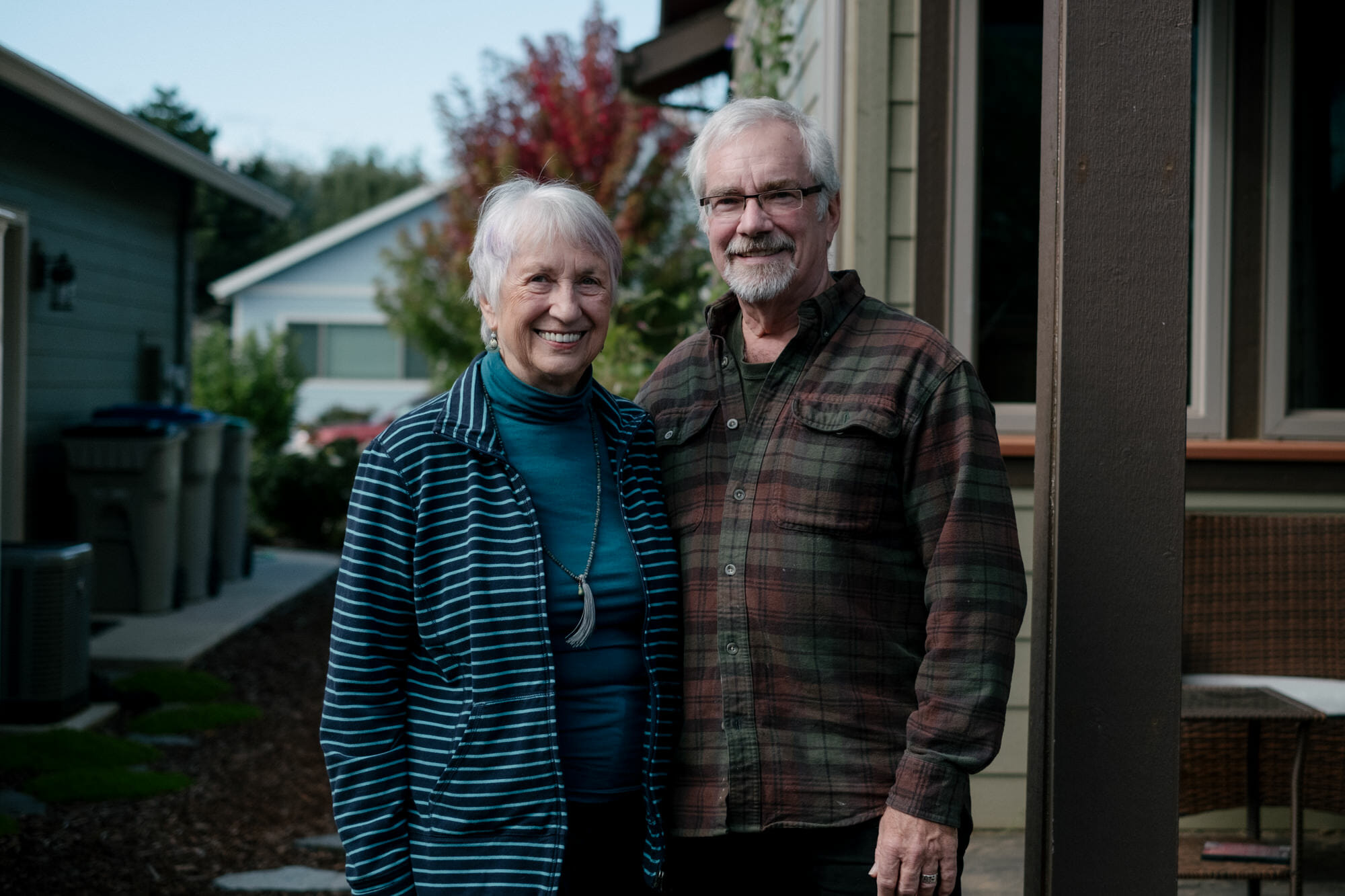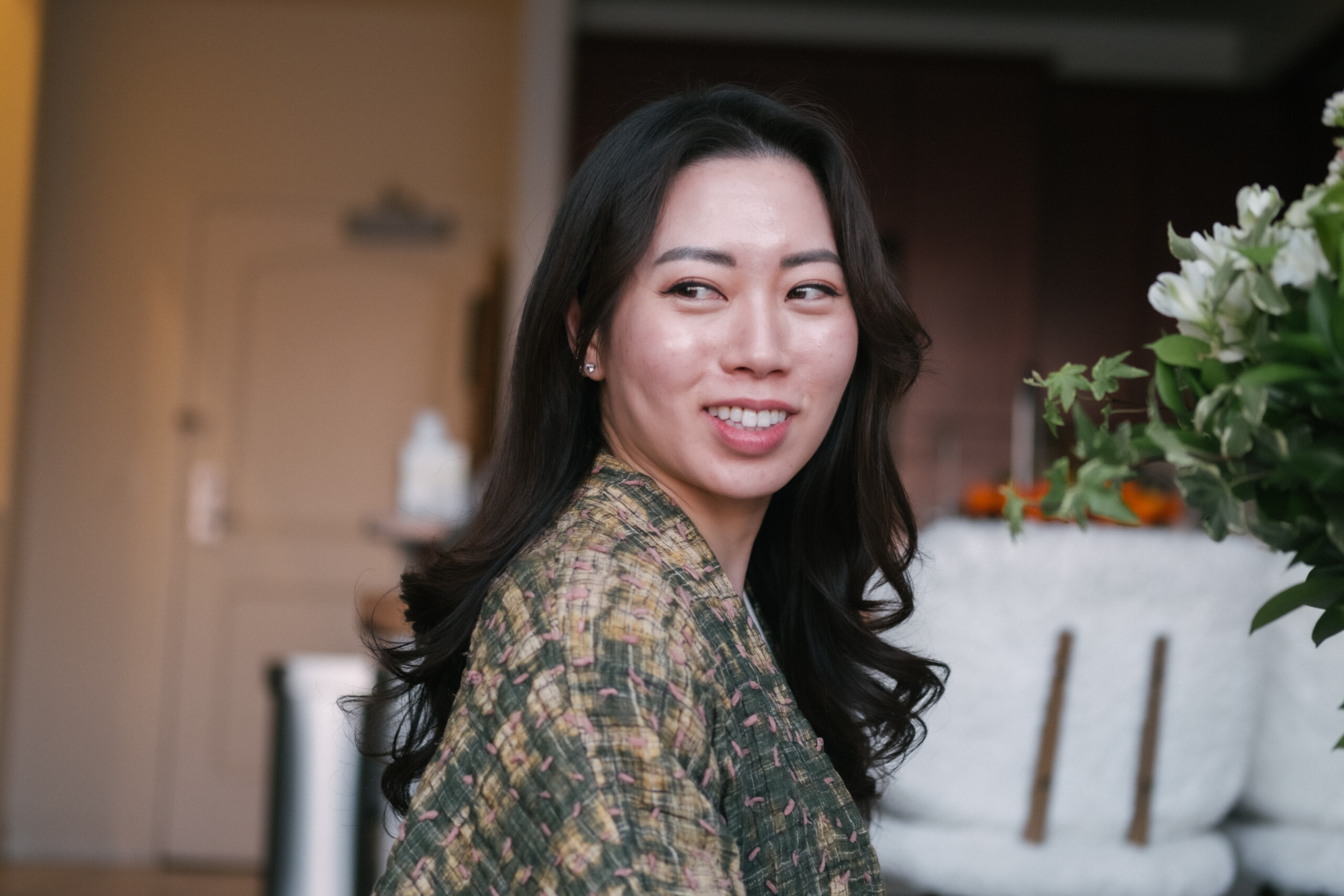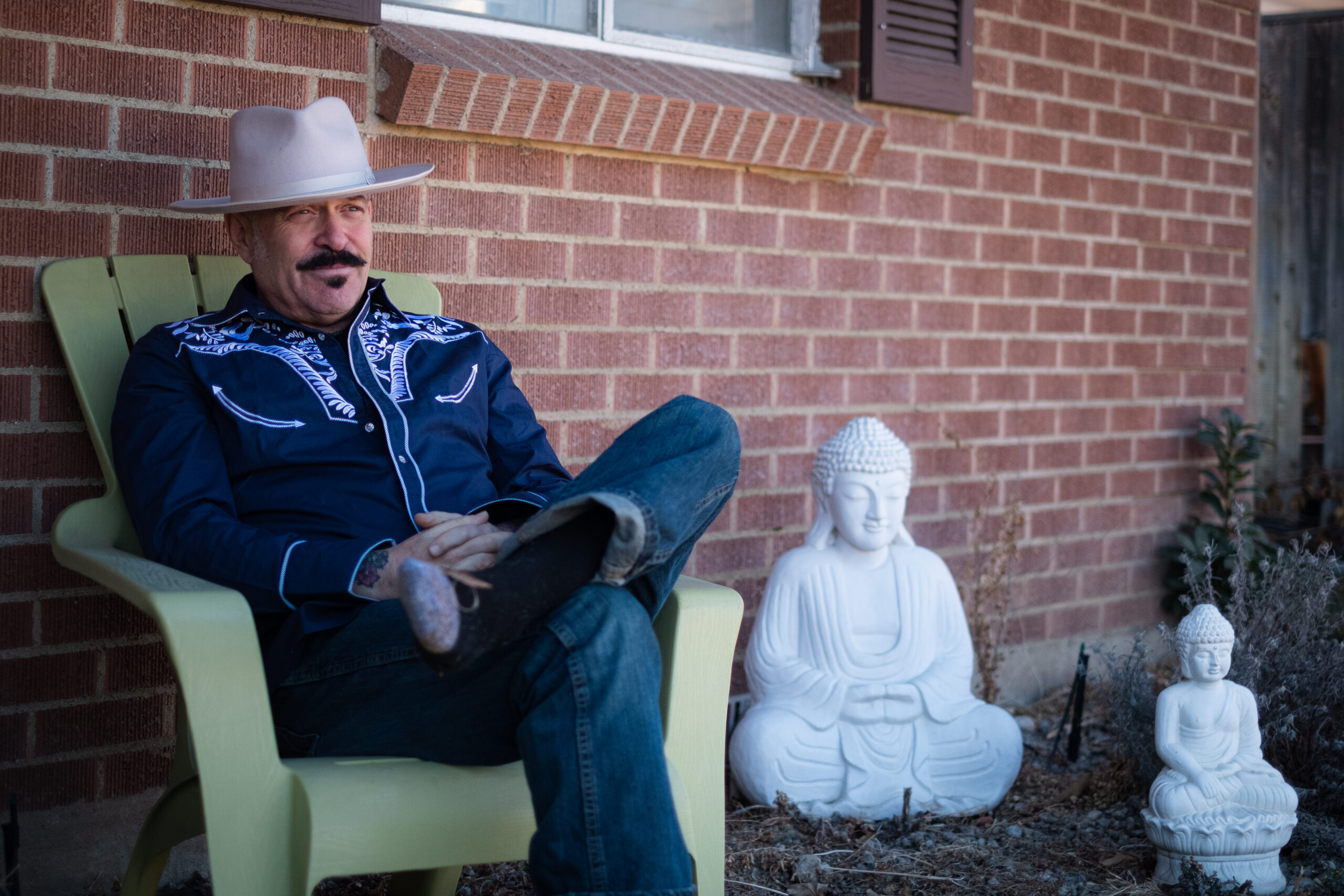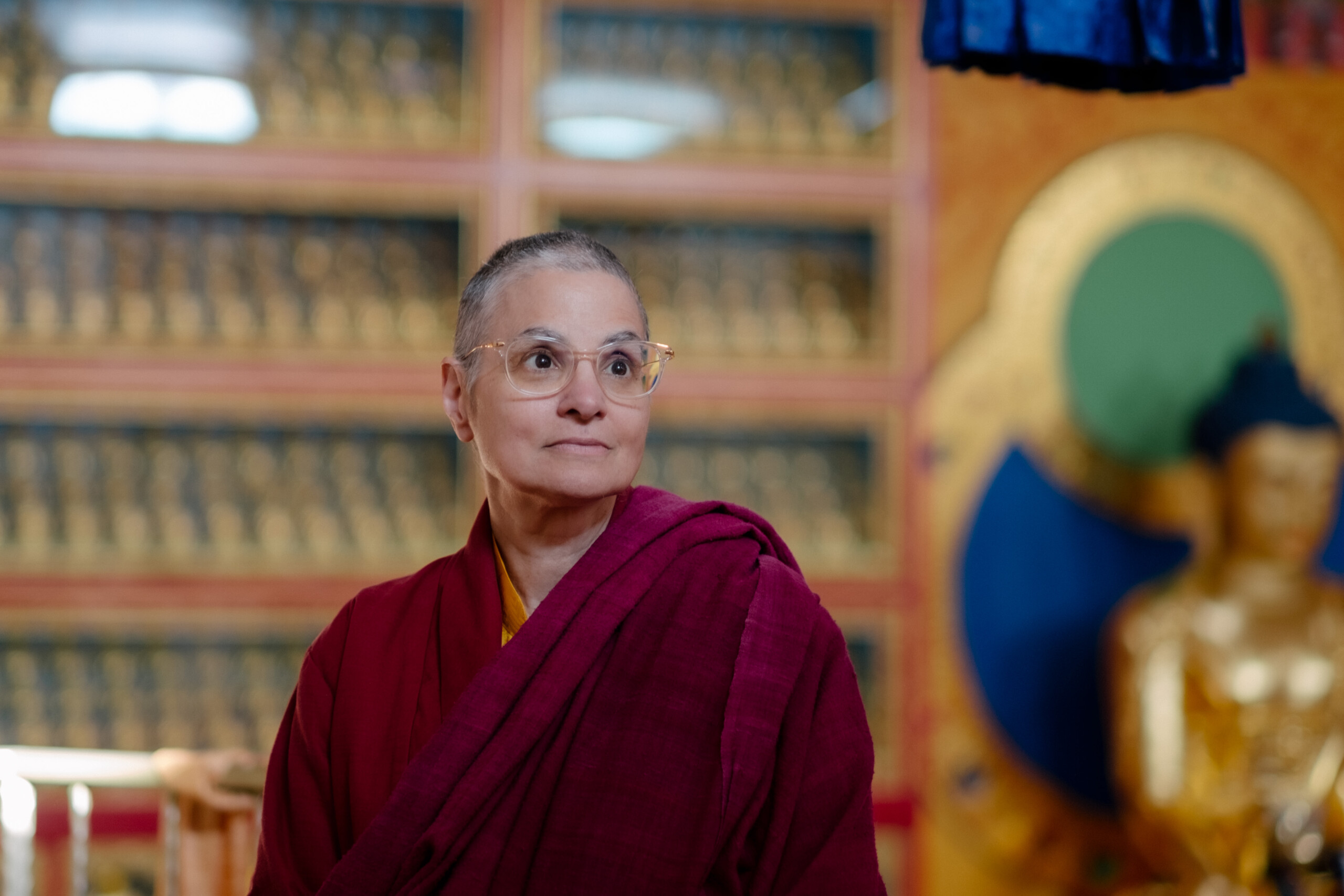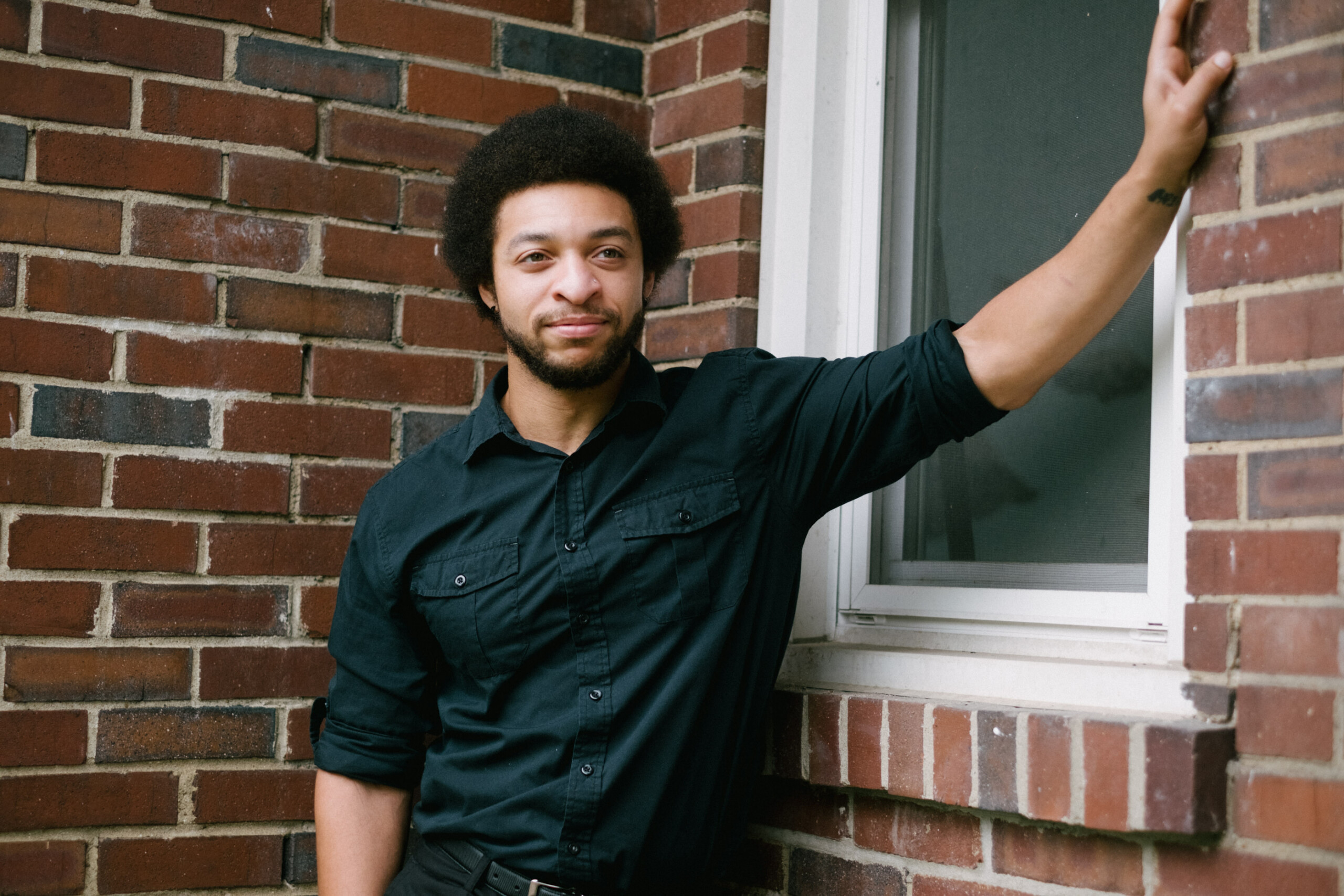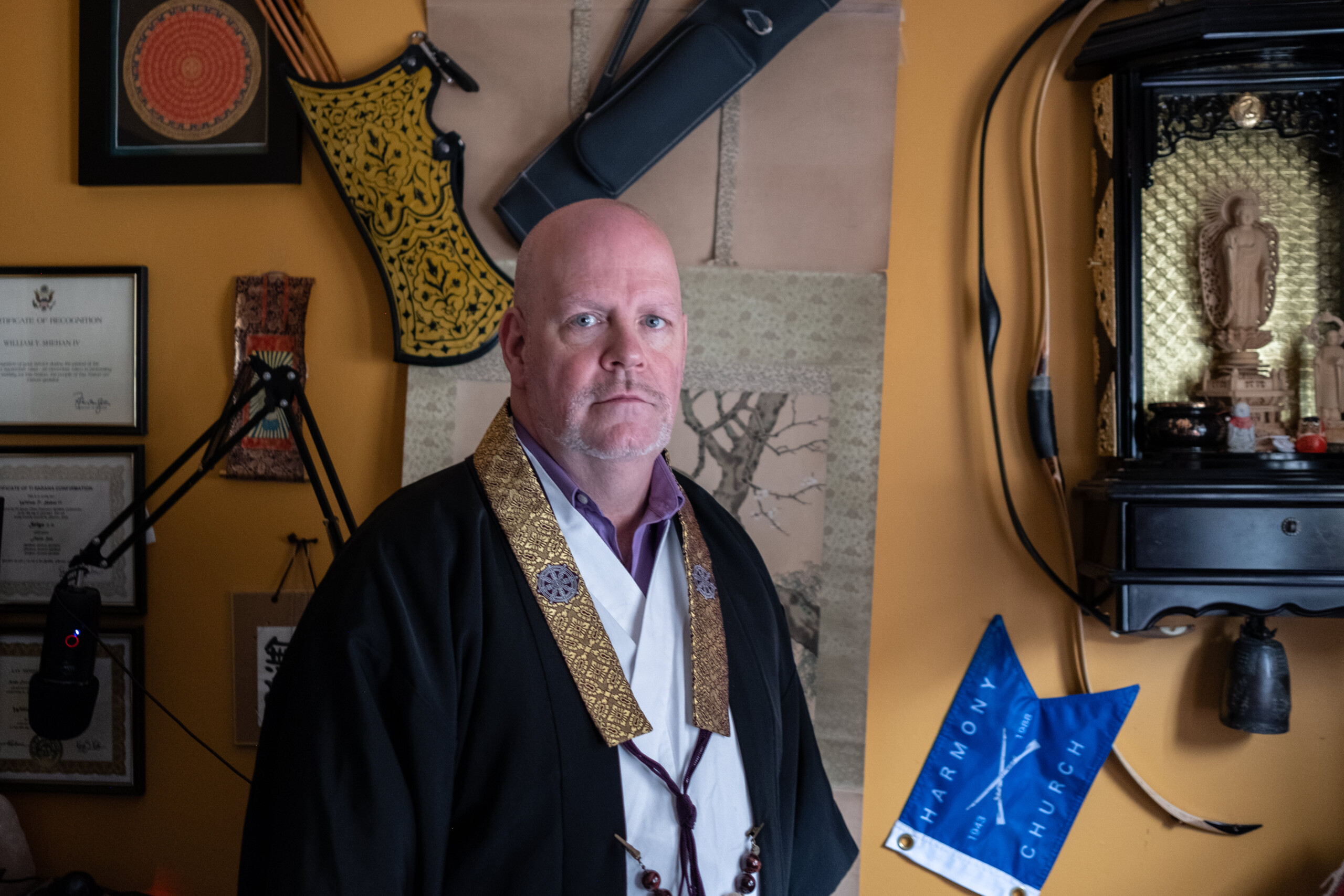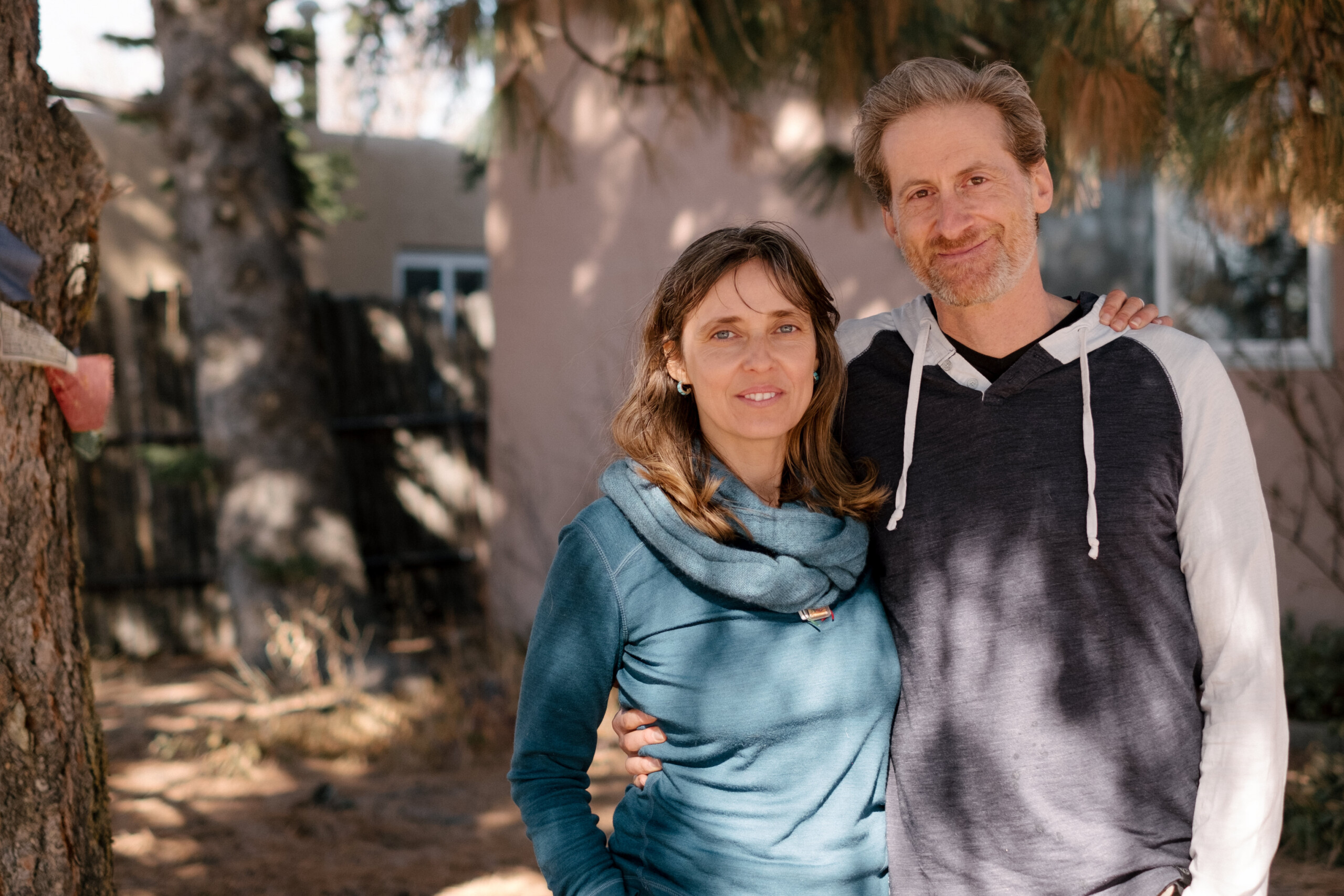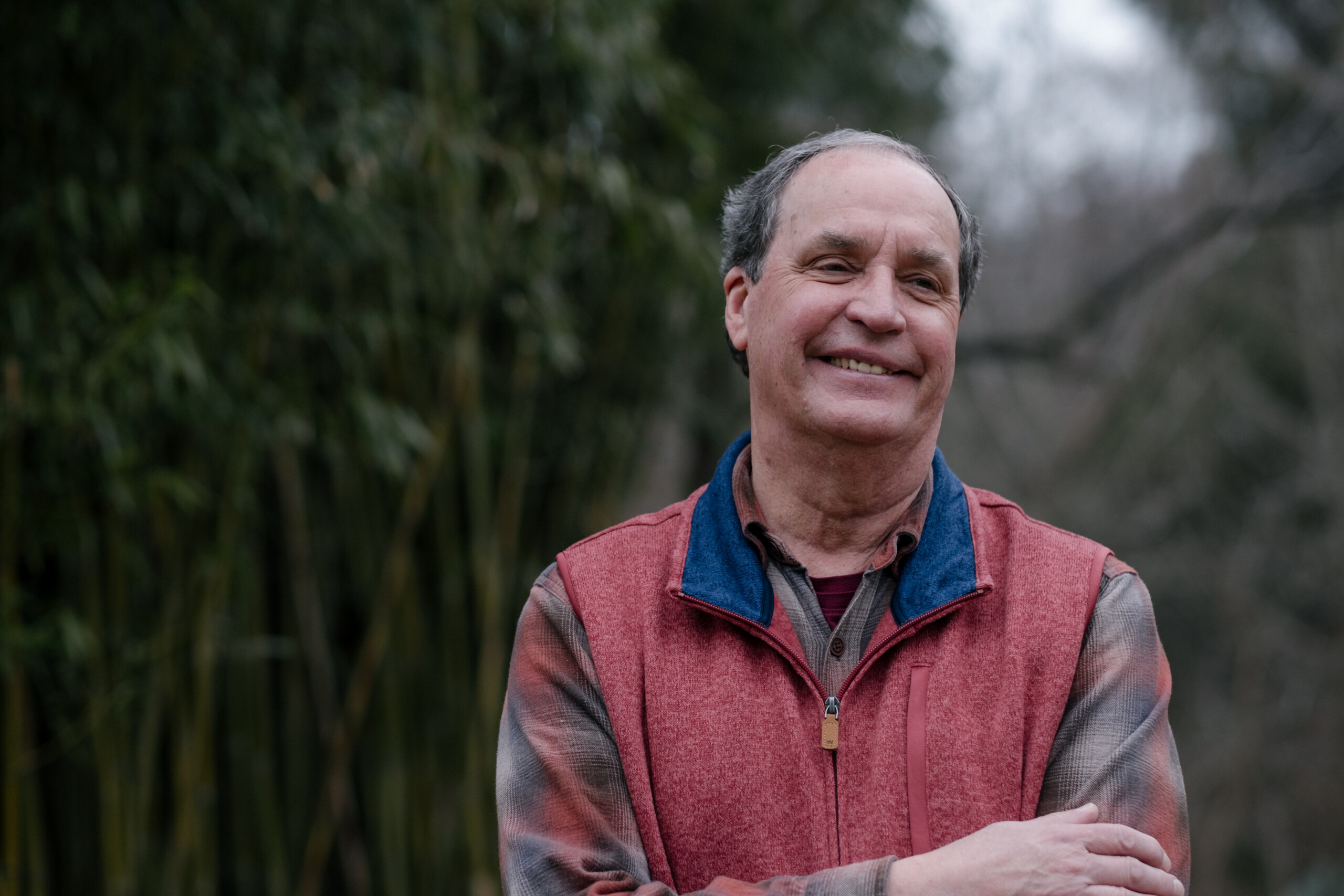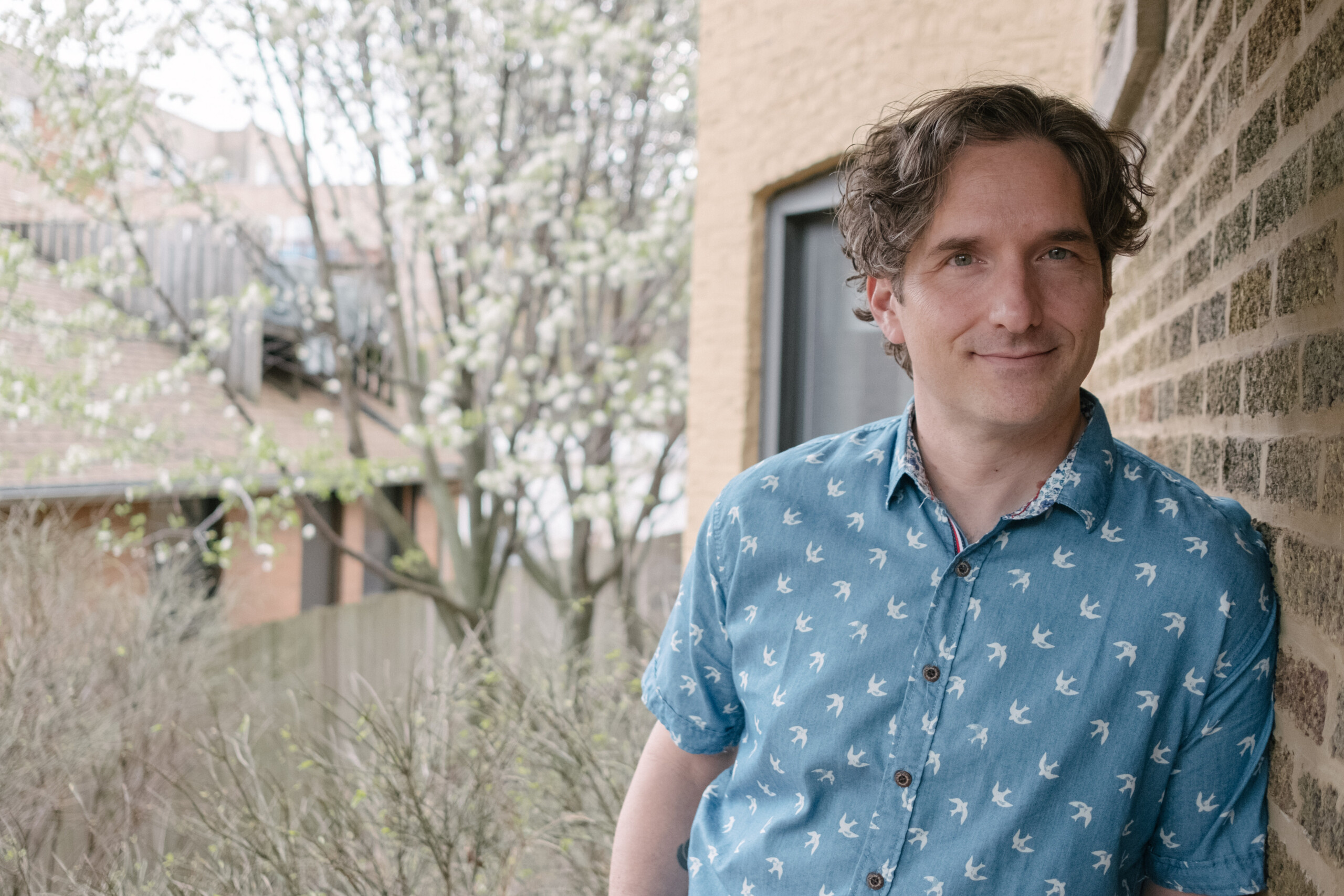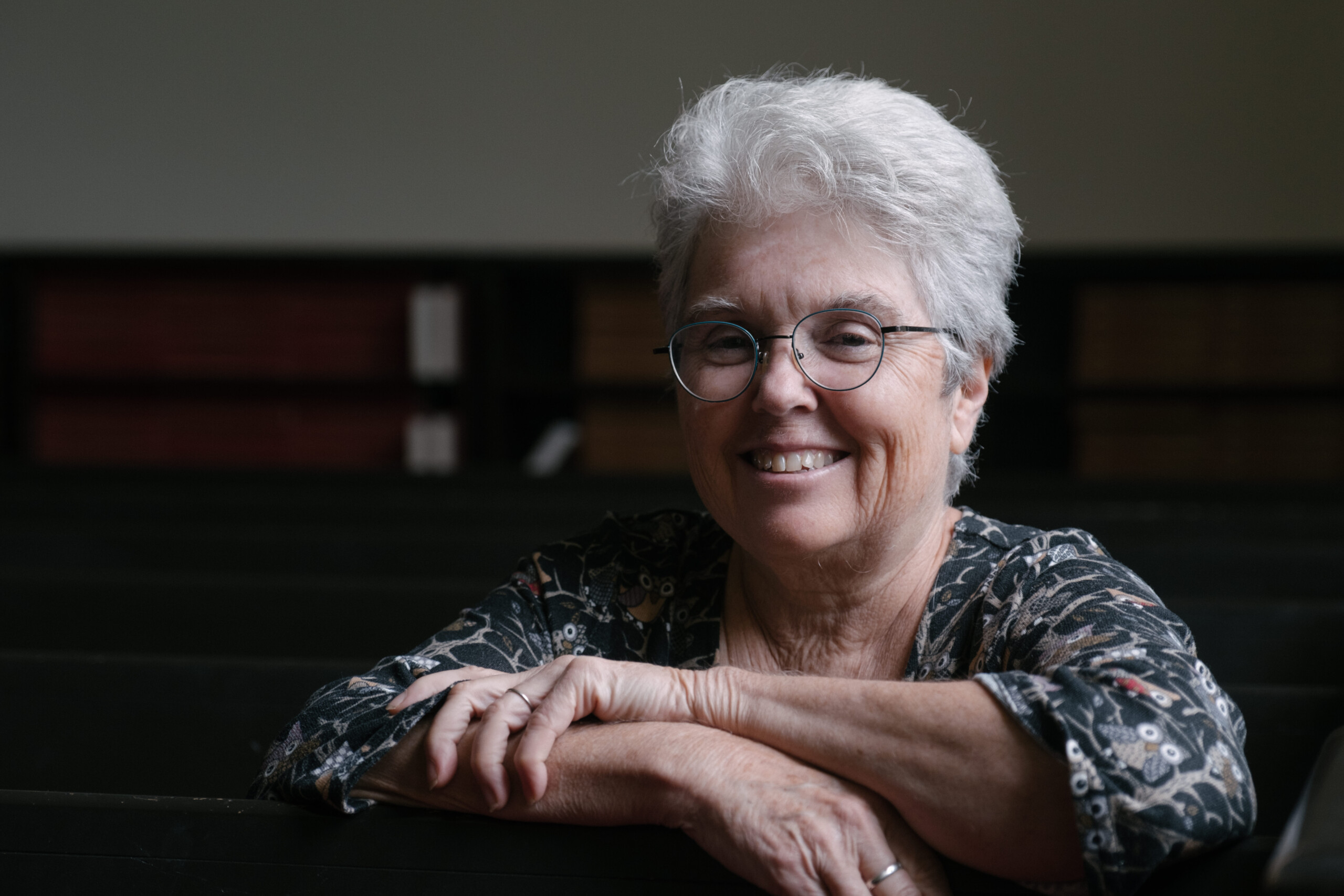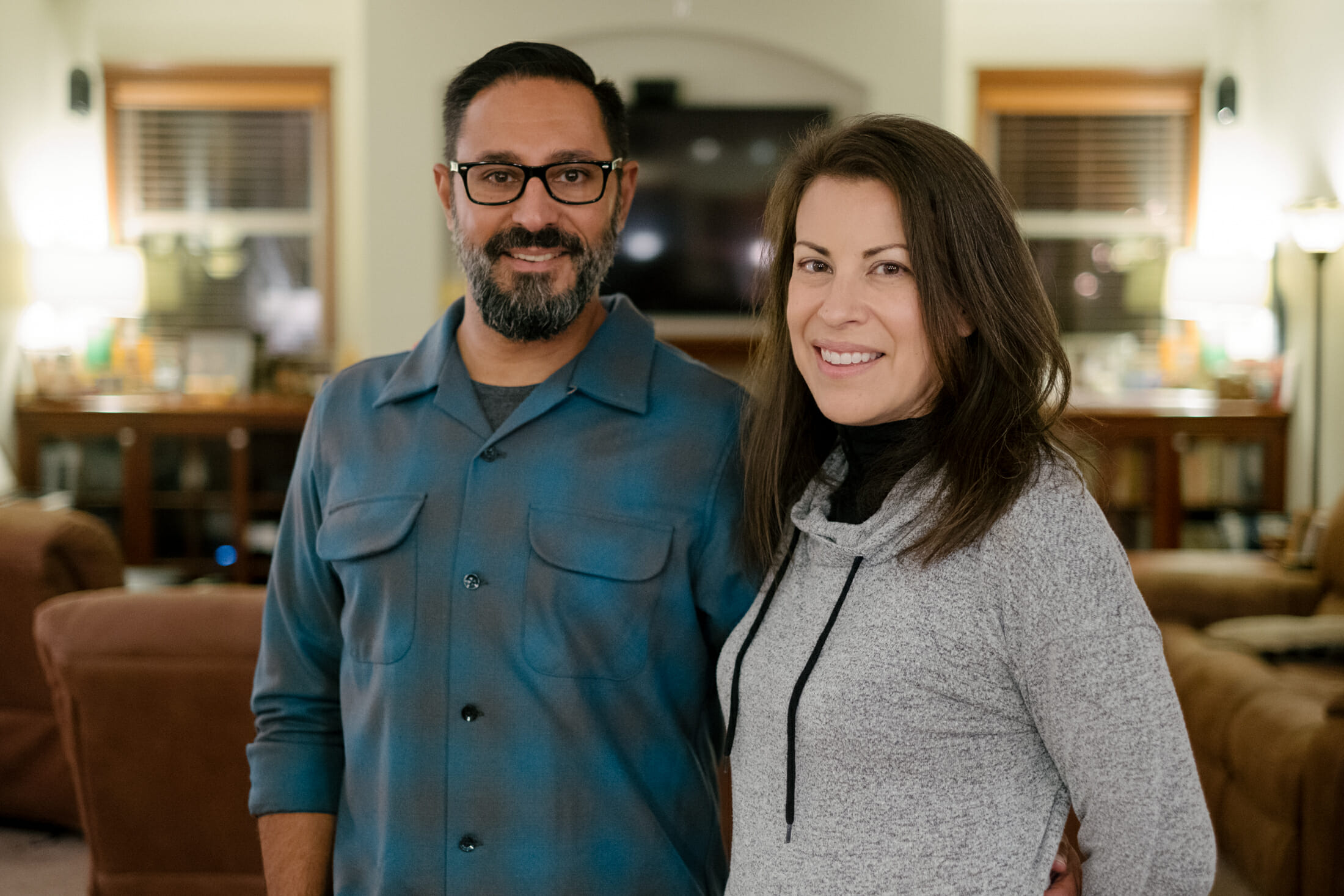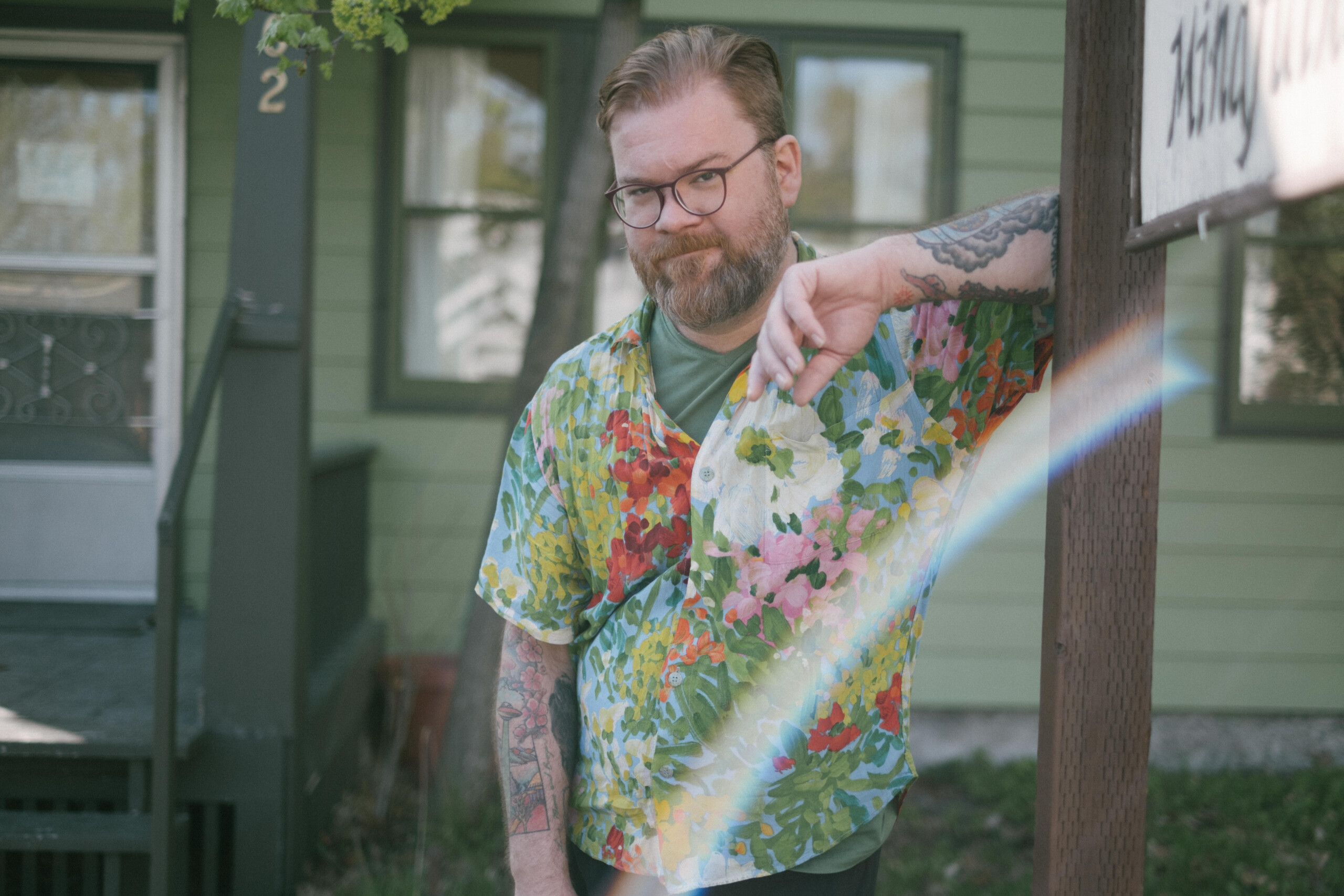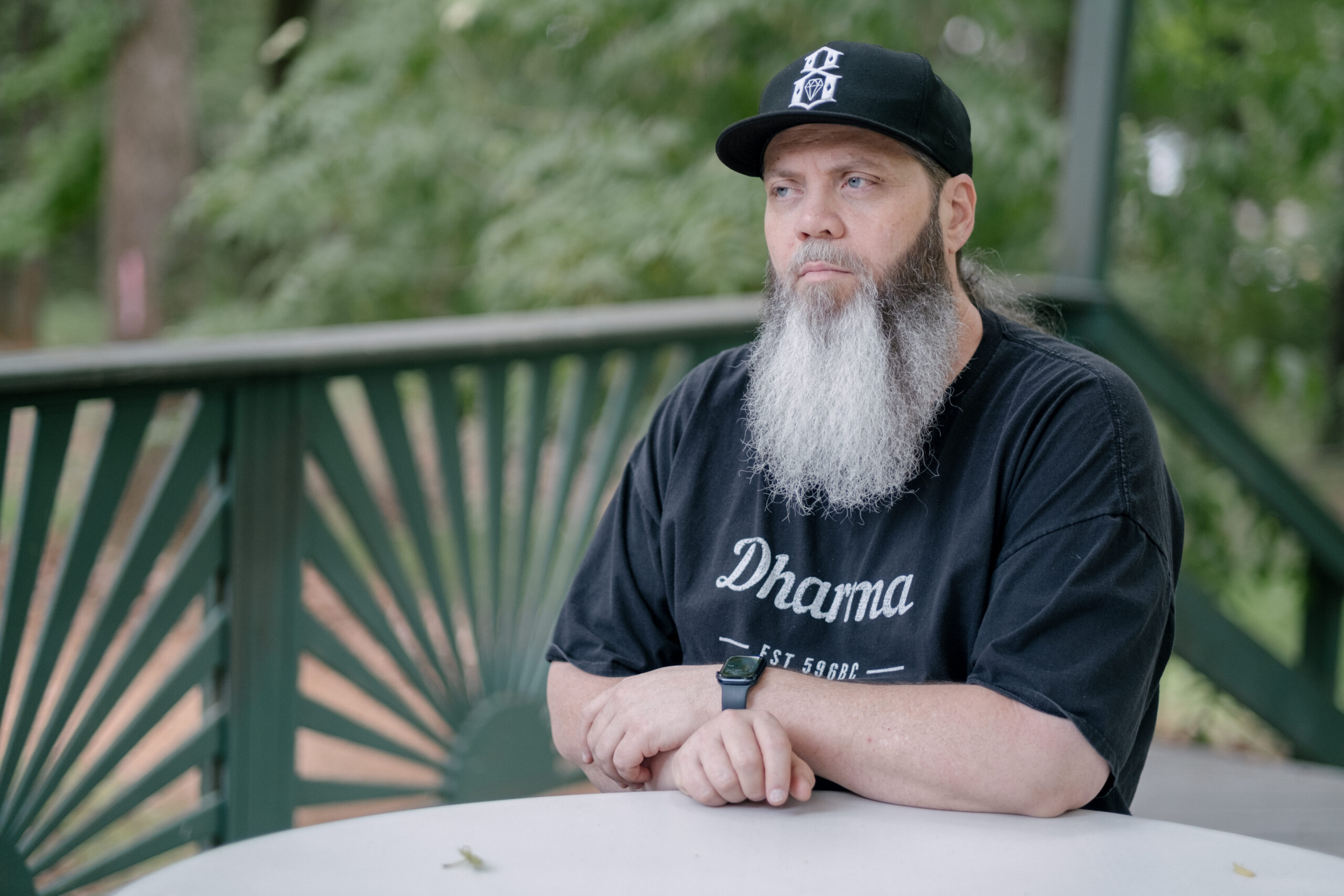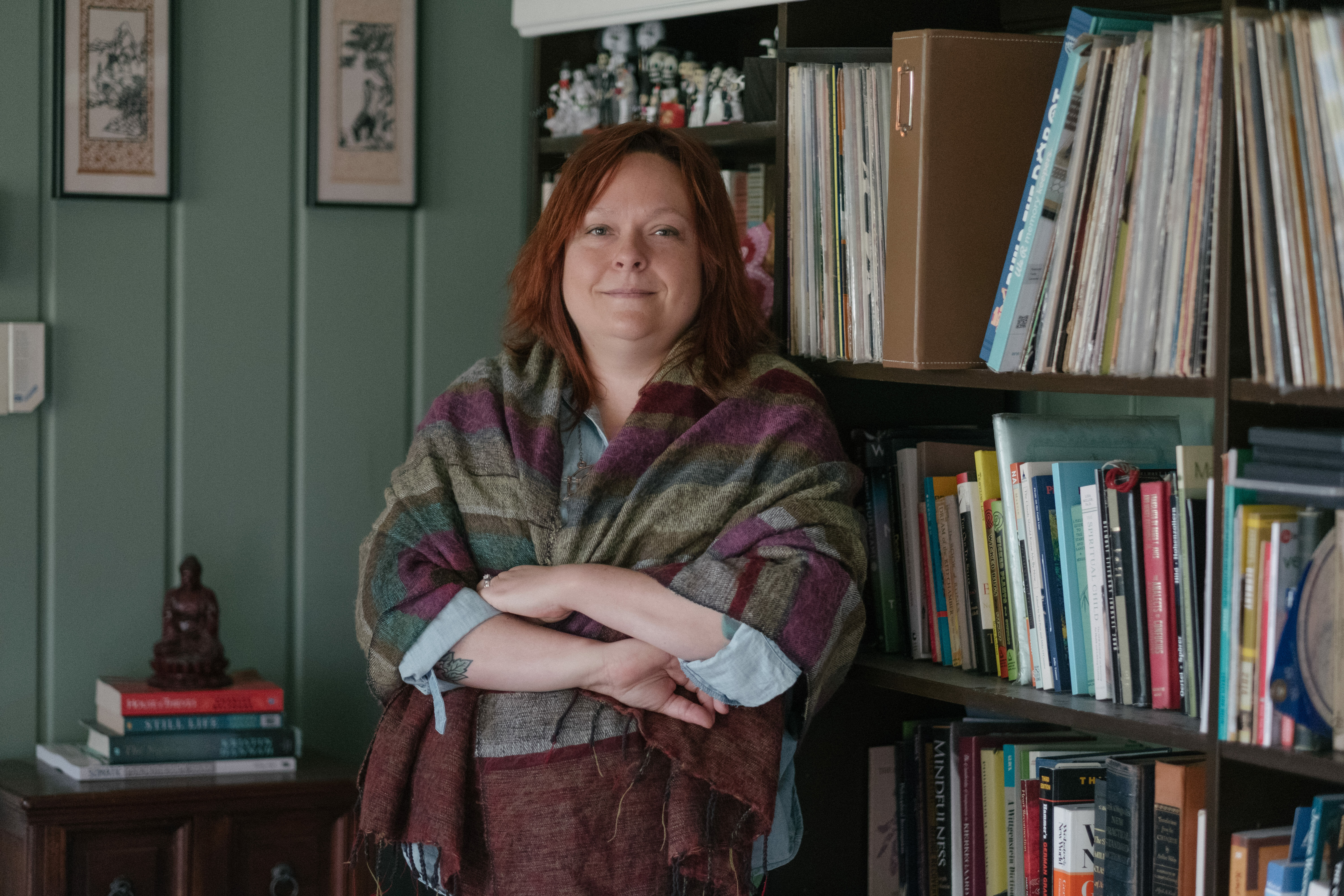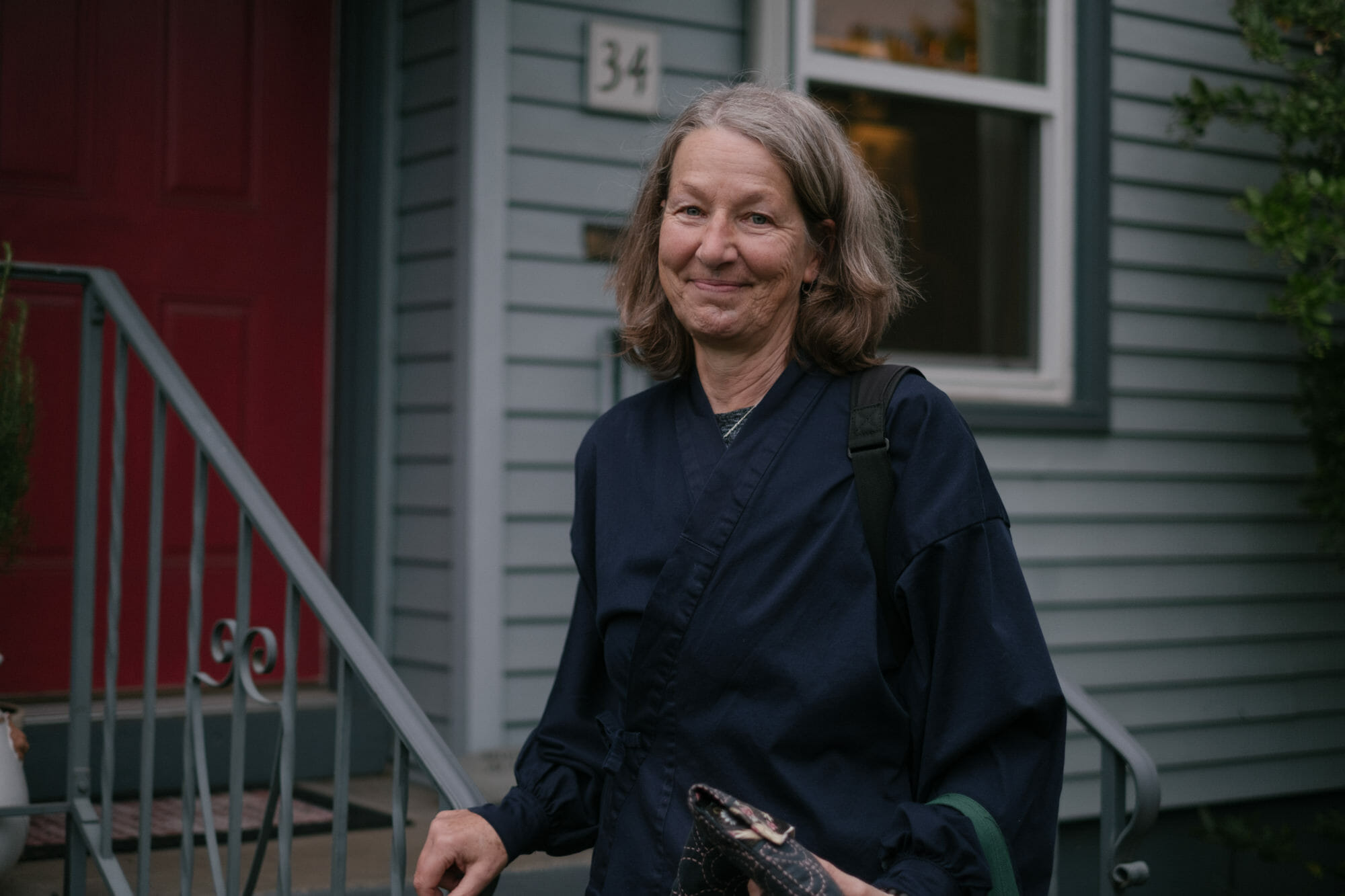When were you first exposed to dharma?
I was first introduced to Buddhism during a course in college on world religions. I was raised Lutheran but was so confused and questioning of it my entire childhood. I then found Unitarian Universalism and it again exposed me to world religions but the one that resonated with me the most was Buddhism, mindfulness and dharma. I then met a friend in college and later married, his parents were journey beginning from the introduction, to the west, by Jon Cabot Zinn. His book, “Wherever You Go There You Are” was an easy guide.
But my practice really deepened after experiencing post pardon depression. It was the Buddhist path that helped me the most come back to the light in life. We taught our 2 daughters the wisdom of Buddhism, which shaped all of our worldviews, especially for compassion. Many years later I was lost in depression again during personal sufferings, I lost my way and entered hot mess territory. After contemplating who am I, remembering meditation, sitting zazen, being-here, right-now, it took me awhile to find the light again.
How has the path manifest in your daily experience?
In my daily experience it is death that brings me the most, surprising, comfort and joy. Death has become the most important teacher for me. I embrace the Buddha’s Five Remembrances on impermanence and it provides me with great illumination. We are all of the nature to grow old, we are all of the nature to die, and our actions are the ground on which we stand. This is what cultivates my gratitude and appreciation for being alive here and now.
What are some of your practices/rituals that you do to support your spiritual development (meditation/prayers and etc)
My practice is attending sangha three or more times a week. Sitting meditation about 4 times a week for 30 minutes. Lately more and more I practice walking meditation, wilderness sauntering and open my awareness to all of life. I do a lot of gardening and that is always mindful meditation for me. When retreats are available that I may attend I go and they are of great benefit.
Which sangha do you normally attend ?
Mt. Adams Zen Buddhist Temple at Trout Lake Abbey. The teachers from the Abbey have deepened my understanding of the teachings of Buddha and are they are supportive in meeting me where you I am at.
What is your primarily profession?
I am a Death Doula and Certified Home Funeral Guide. It is through what death can teach us, where I discovered how to embrace my path fully. My community service is going strong through public education about death positivity, advocating for death choices, assisting people share their death wishes, giving guidance for sacred home vigils with a dead beloved present, offering grief support, and finally advocating about giving your ultimate gift back to the earth with green or natural burials. The aging western baby-boomers are ready for this shift into conscious dying and the spectrum of death positivity. Death phobia and death denial has not been the most healthy presence in our society.
In Zen, the term shoji translates as “birth-death”. We cannot be truly alive without maintaining an awareness of death. Death is the secret teacher that helps us to discover what matters most in our lives. Being a Death Doula is to meet people at the end of life exactly where they are, without judgment.
Do you think your personality or background influence the lineage/practices that resonate with you?
I am by nature an introvert and the deep introspection of Buddhism has allowed me to embrace my personality. I believe since people can only meet themselves as deeply as you have meet yourself, this is where you can find the light in the dark times so you can be the light. This is where my Buddhist path makes me to be the best I can be. Light attracts light, and if I sit with someone who isn’t in the light yet, I can sit with them where they are without having to fix anything. We cannot ‘fix’ death after all. This is my social justice work and I could only continue by nourishing self-care through my Buddhist practice and mindfulness.
Background
Tamara’s journey with Buddhism began in college, where she first encountered the teachings in a world religion course. Intrigued by its simplicity and captivated by the power of meditation, Tamara found a path that resonated with her. Her marriage to a man whose parents hailed from China further immersed her in the daily practices of Buddhism at home.
At the dinner table and in conversations with their children, Tamara and her husband seamlessly integrated Buddhist principles into their family life. Gifted with books on Buddhism for children, their household became a nurturing environment that instilled compassion in their children, a trait they carried into adulthood.
Tamara’s exploration of Buddhism expanded beyond Jon Kabat-Zinn’s influential work, “Wherever You Go, There You Are.” She sought guidance from various teachers worldwide, including Thich Nhat Hanh, Pema Chödrön, and Prem Rawat. Rejecting a strict adherence to one path or teacher, Tamara remained open, incorporating elements from Native American traditions and Judaism into her spiritual practice.
Her eclectic approach enriched her understanding and allowed her to glean valuable lessons from diverse sources. Through the ebb and flow of life’s challenges, Buddhism remained Tamara’s anchor, a guiding force that shaped her work and perspective. Embracing the gems from different spiritual traditions, Tamara found solace and purpose on her unique and open-ended journey with Buddhism.
Lineage
Tamara’s transformative journey with Buddhism began when she discovered a book by Thich Nhat Hanh, which had a profound impact on her life. Intrigued by the lineage from Vietnam that Thich Nhat Hanh introduced to the West, Tamara delved deeper into his teachings. She found resonance in his wisdom, recognizing his influence in other teachers who entered her life.
Despite her deep connection to Thich Nhat Hanh’s teachings, Tamara remained practical about integrating spirituality into her everyday existence. She expressed a commitment to her current life, emphasizing that she didn’t envision herself becoming a nun or adopting an excessively devout lifestyle. Instead, she sought to navigate the teachings within the context of her Western society, family, and marriage.
Tamara acknowledged the profound wisdom passed down through the lineage of great masters and recognized the interconnectedness of various traditions. Her approach reflected a desire to draw inspiration from these teachings without compromising the life she had carved out for herself, embracing the valuable lessons that resonated with her from the rich tapestry of Buddhist traditions.
Meditation
In her mindfulness journey, Tamara discovered the effectiveness of active meditation, especially during activities like walking or tending to her garden. Recognizing that sitting meditation wasn’t always comfortable, she found that engaging in tasks allowed her to maintain focus and delve deeply into the present moment.
Tamara’s husband, David, found his meditative sanctuary in windsurfing, becoming one with the water and returning as a calmer individual. In her garden, Tamara embraced silence, avoiding distractions like podcasts. As she worked with the soil, seeds, and microbes, she practiced mindful breathing, contemplating the process of growth and nourishment. The satisfaction of harvesting fruits and vegetables became a sacred ritual, shared with her family, accompanied by communal gratitude expressed through deep breaths—a practice she deemed one of the most sacred in Buddhism.
Beyond the serene moments in the garden, Tamara utilized meditation as a tool to navigate challenging situations. From the joy of a homegrown meal to the somber duty of assisting with a home funeral, meditation became a source of solace. In times of distress, she paused, cleared her mind, expressed gratitude for the present moment, and found the strength to move forward without causing harm.
For Tamara, the beauty of meditation lay in its accessibility and simplicity. It was a practice she could incorporate into everyday life, bringing joy and relief from pain and suffering. Whether in the garden or facing the difficulties of life, meditation remained a constant companion, a grounding force that required nothing but her presence—an enduring source of solace and strength.
Mental Health
During a profound struggle with postpartum depression, Tamara found solace and healing through a friend who introduced her to Thich Nhat Hanh’s book, “The Blooming of a Lotus.” In the depths of her despair, she faced difficulty even in simple movements. Guided by the words of a meditation, Tamara repeated the affirmations, “Beautiful moment, wonderful moment. I am OK. I am safe in this moment,” as a daily practice.
In the grip of depression, distorted thoughts plagued her mind, convincing her that she was unsafe and that life was filled with impending doom. The guided meditation became a lifeline, pulling her out of the dark depths. The repetitive words offered a comforting perspective, allowing her to contemplate that the struggles she faced would not last forever.
This shift in thinking provided a profound comfort, dispelling thoughts of self-harm and suicide. Tamara found a renewed sense of safety and gratitude, recognizing that she was not destined for a tragic end. Through this practice, she learned to embrace the present moment, finding solace and gratitude even in the midst of her profound struggles with depression.
Relationships
In her enduring 44-year journey with David, Tamara reflects on the ebbs and flows of their relationship, acknowledging the roller coaster ride they’ve shared. Despite the challenges, the strength of their bond lies in their ability to offer support and compassion to each other. When conflicts arise, either Tamara or David can often discern the deeper issues at play, facilitating open communication and resolution.
Tamara emphasizes the importance of imparting lessons of compassion and loving kindness to their children from an early age. In the face of bullying at school, Tamara guided her daughters to understand that those who project anger are often dealing with their own inner pain. This philosophy cultivated empathy and openness in her children, shaping them into compassionate individuals who love and understand others without mere tolerance.
While not adhering strictly to a specific Buddhist lineage, Tamara and David have incorporated teachings from the West and their local community into their family life. The internet has further facilitated their access to diverse resources. Tamara finds joy in practicing Buddhism in a community (Sangha) and witnessing the positivity within their small local circle. The practice of sending out loving kindness to strangers, embraced by Tamara and her daughters, has become a powerful source of connection and hope.
Through their shared Buddhist practice, Tamara, David, and their daughters have cultivated a foundation of love, compassion, and humanity, fostering a profound sense of interconnectedness with the world around them.
Death
In a recent conversation, Tamara shared insights from a Stanford study revealing the stark contrast between people’s desire to die at home surrounded by loved ones and the reality of nearly 80% passing away in institutions. Drawing from her Buddhist teachings, Tamara emphasized the importance of accepting the language of death and dying, steering away from notions of losing a fight or passing away. Living and dying are interconnected, as taught by Buddhism.
In her role as a compassionate presence for the consciousness of terminally ill patients, Tamara highlighted the power of non-medical care in conjunction with modern hospice and medical support. She acknowledged the unique role she plays as a deathbed confessor, offering solace to those who may find it challenging to share their deepest regrets or thoughts with their families.
Facing the difficult task of guiding families through the acceptance of a loved one’s imminent death, Tamara gently introduces Dharma teachings on impermanence. She helps them understand the inevitability of death and navigate the emotional challenges of releasing artificial means of life support. Tamara strives to create a safe space for dialogue, emphasizing that individuals don’t have to face the journey of death and dying alone.
Tamara’s approach is inclusive and adaptable, meeting individuals where they are in their beliefs. She doesn’t impose Buddhist rituals but offers a gentle, open-hearted presence. Drawing inspiration from the Zen approach, she follows a path of humility, knowing nothing, and focuses on being an open vessel in service to others. In a community with diverse beliefs, Tamara incorporates various traditions and rituals to bring comfort and relief during a challenging time.
Her sacred and gentle approach prioritizes meeting people where they are, allowing them to choose rituals or teachings based on their comfort and preferences. Tamara refrains from using this venue to advertise Buddhism, emphasizing the importance of providing solace and support tailored to the individual’s needs.
Retreats
Tamara enthusiastically shared her experiences in the Women in Dharma Retreat, emphasizing its role as a secure space for women. Recognizing the societal marginalization and fears often faced by women, the retreat provides a sense of safety and fosters an atmosphere of openness and honesty. Tamara highlighted the unique and expressive nature of the retreat, emphasizing its primal and intimate qualities. The teachings revolve around feminine themes like Mama Bear mothering, the female body, childbirth, and the cyclical nature of life. Tamara finds the experience powerful and healing, appreciating the rare opportunity for women to come together, share, and empower one another. The Women in Dharma Retreat leaves her feeling more internally empowered and illuminated, making it a valuable and transformative experience.
Sangha
Tamara finds profound fulfillment and support in engaging with three different local Sanghas. The shared commonality, terminology, and understanding within these groups provide a refreshing sense of community and safety. After attending Sangha sessions, Tamara experiences a powerful jolt that motivates her to continue her personal practice at home. Despite the desire for more frequent participation, she embraces the diversity offered by the three different Sanghas, each led by different teachers.
Tamara recognizes the continuous growth that occurs within the Sangha, appreciating the varied perspectives and lessons learned from different individuals each week. The supportive nature of the Sangha community becomes a motivating force for Tamara to sustain her personal practice. The established ritual of attending Sangha sessions has seamlessly integrated into her family life, enriching her daily existence by incorporating the collected Dharma into her thoughts and actions.
As an introvert, Tamara values the beauty of Sangha, where meaningful connections are formed through palpable energy, even in moments of silence during meditation. The sense of community becomes an essential aspect of Tamara’s life, providing her with inspiration and lessons to carry into her week. In essence, Sangha serves as a cornerstone for Tamara, fostering a deep connection with the teachings and creating a rewarding and enriching life experience.


